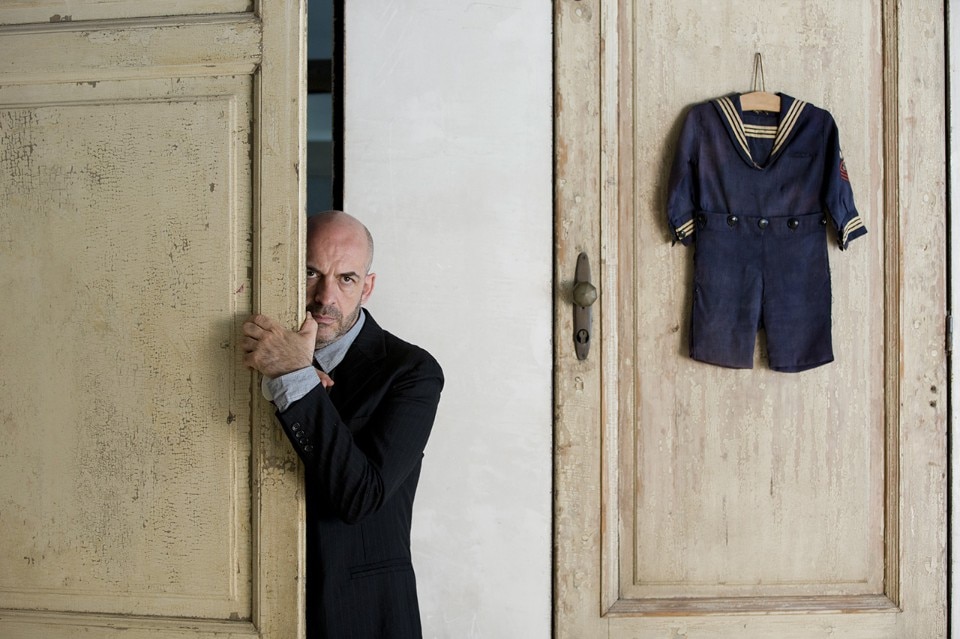“Deep down, I’m a minimalist. I aspire to an aseptic, empty white space without anything in it,” says Antonio Marras. The most improbable confessions always involve a lowering of the voice. His sudden, subtle inflection in tone is almost religious. “Truth be told, I am a contradiction in terms. I am my analyst’s failure.” Here, the eclectic, chameleonic fashion designer and costumier bursts into a hearty laugh, relaxing from a whirlwind of appointments, engagements and airplane trips. “My houses are the opposite. They are full of relics, themes and mementos – fundamentally a mix of old and new places. What’s a man to do? I love living with accumulation. I desire to have more things; I enjoy multiplying; I adore adding.”
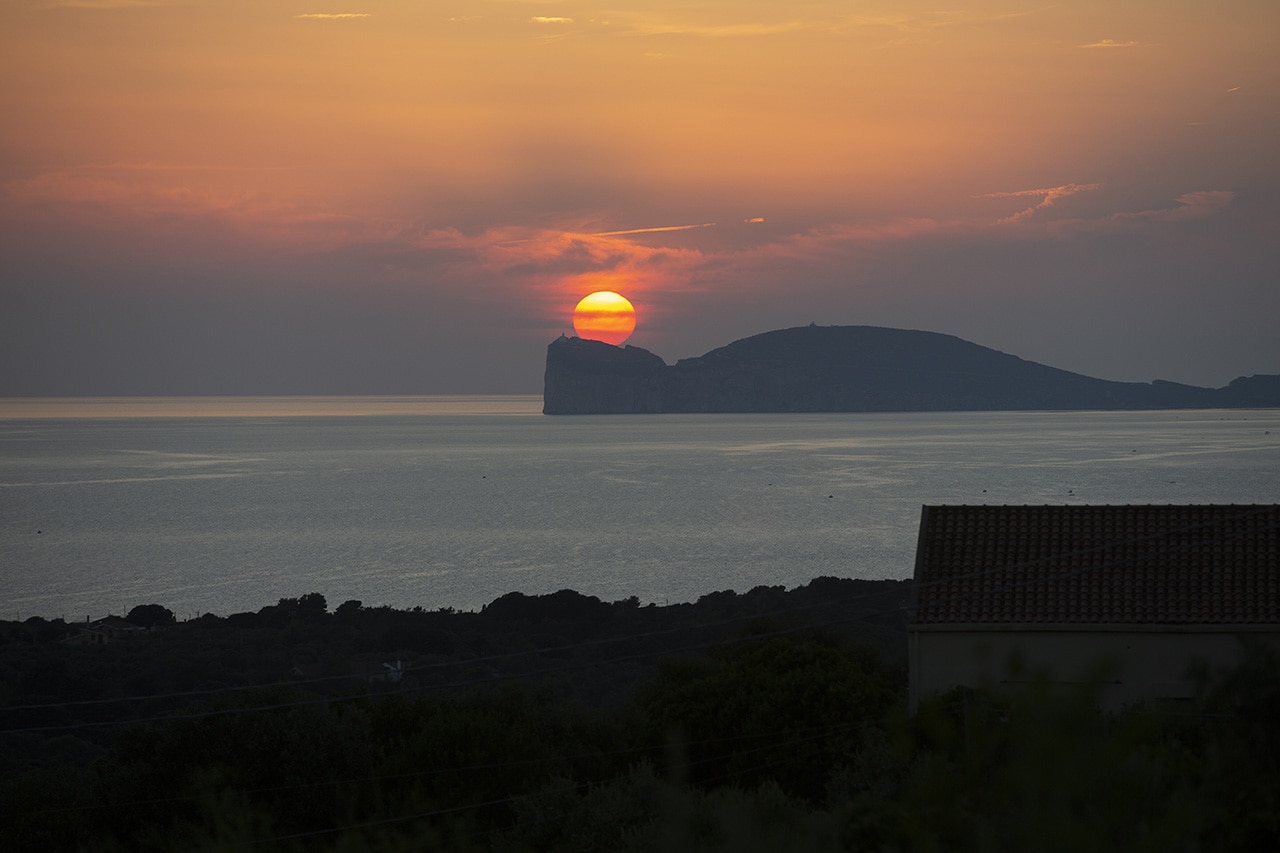
 View gallery
View gallery
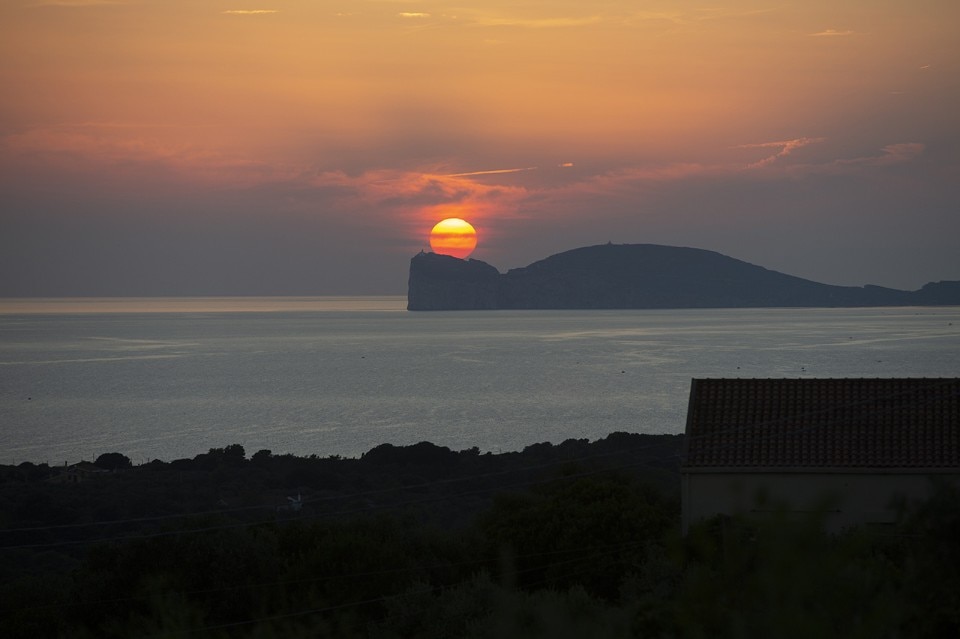
Antonio Marras: aspiring minimalist, serial accumulator
Marras the couturier opens to Domus the doors of his Sardinian hideaway, a solid concentrate of his way of being and designing. His house in Alghero rests on top of a hill surrounded by olive groves, with a spectacular view of the sea
The interiors of Antonio Marras’ house in Alghero. Photo Daniela Zedda
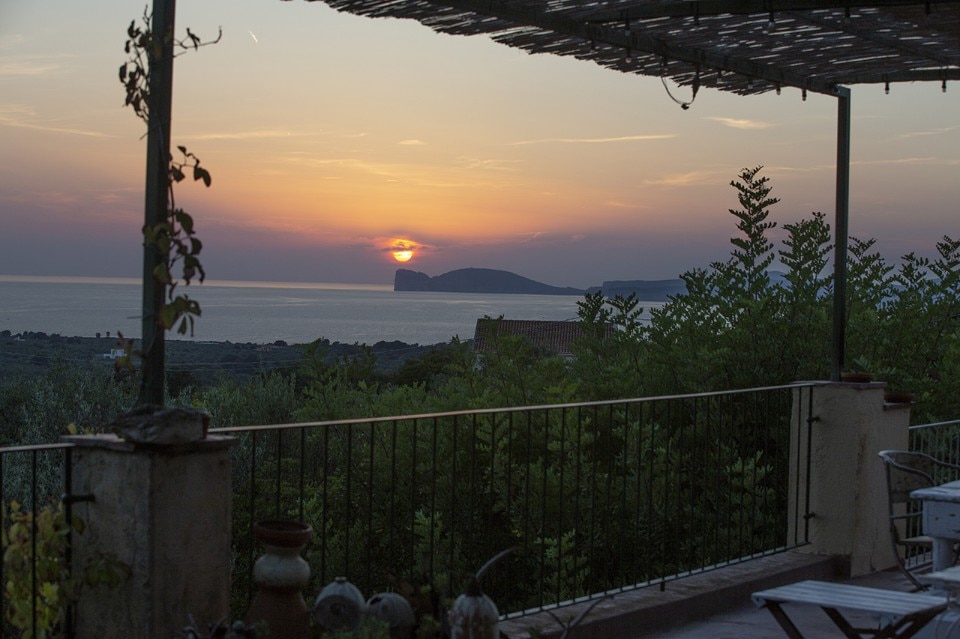
Antonio Marras: aspiring minimalist, serial accumulator
Marras the couturier opens to Domus the doors of his Sardinian hideaway, a solid concentrate of his way of being and designing. His house in Alghero rests on top of a hill surrounded by olive groves, with a spectacular view of the sea
The interiors of Antonio Marras’ house in Alghero. Photo Daniela Zedda
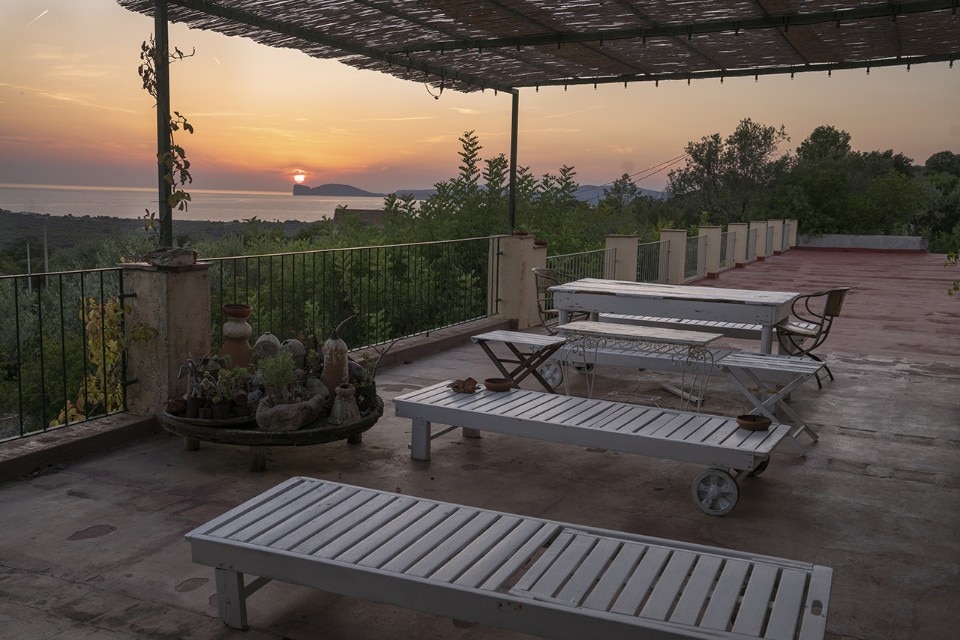
Antonio Marras: aspiring minimalist, serial accumulator
Marras the couturier opens to Domus the doors of his Sardinian hideaway, a solid concentrate of his way of being and designing. His house in Alghero rests on top of a hill surrounded by olive groves, with a spectacular view of the sea
The interiors of Antonio Marras’ house in Alghero. Photo Daniela Zedda
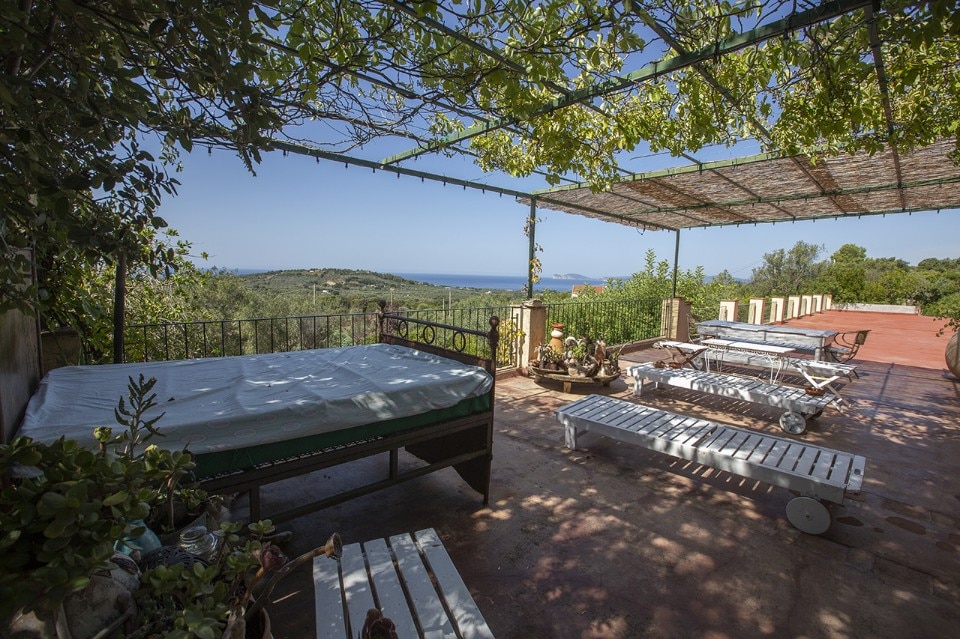
Antonio Marras: aspiring minimalist, serial accumulator
Marras the couturier opens to Domus the doors of his Sardinian hideaway, a solid concentrate of his way of being and designing. His house in Alghero rests on top of a hill surrounded by olive groves, with a spectacular view of the sea
The interiors of Antonio Marras’ house in Alghero. Photo Daniela Zedda
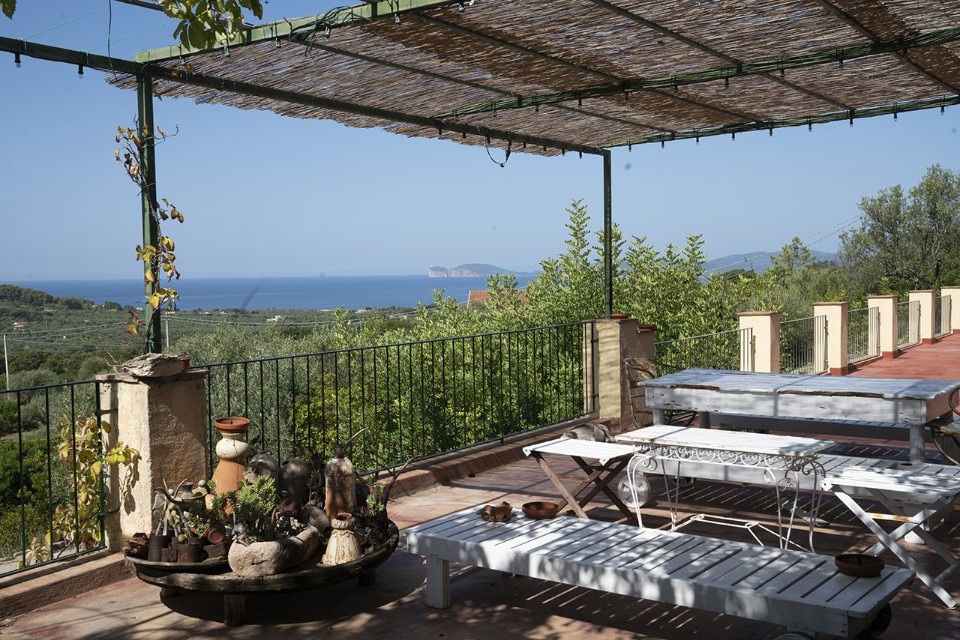
Antonio Marras: aspiring minimalist, serial accumulator
Marras the couturier opens to Domus the doors of his Sardinian hideaway, a solid concentrate of his way of being and designing. His house in Alghero rests on top of a hill surrounded by olive groves, with a spectacular view of the sea
The interiors of Antonio Marras’ house in Alghero. Photo Daniela Zedda
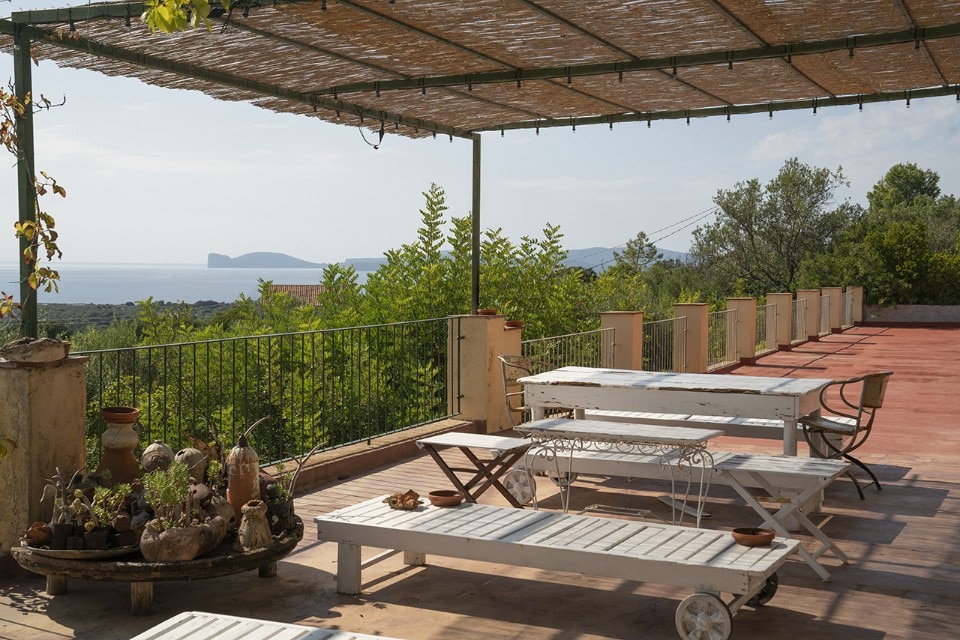
Antonio Marras: aspiring minimalist, serial accumulator
Marras the couturier opens to Domus the doors of his Sardinian hideaway, a solid concentrate of his way of being and designing. His house in Alghero rests on top of a hill surrounded by olive groves, with a spectacular view of the sea
The interiors of Antonio Marras’ house in Alghero. Photo Daniela Zedda
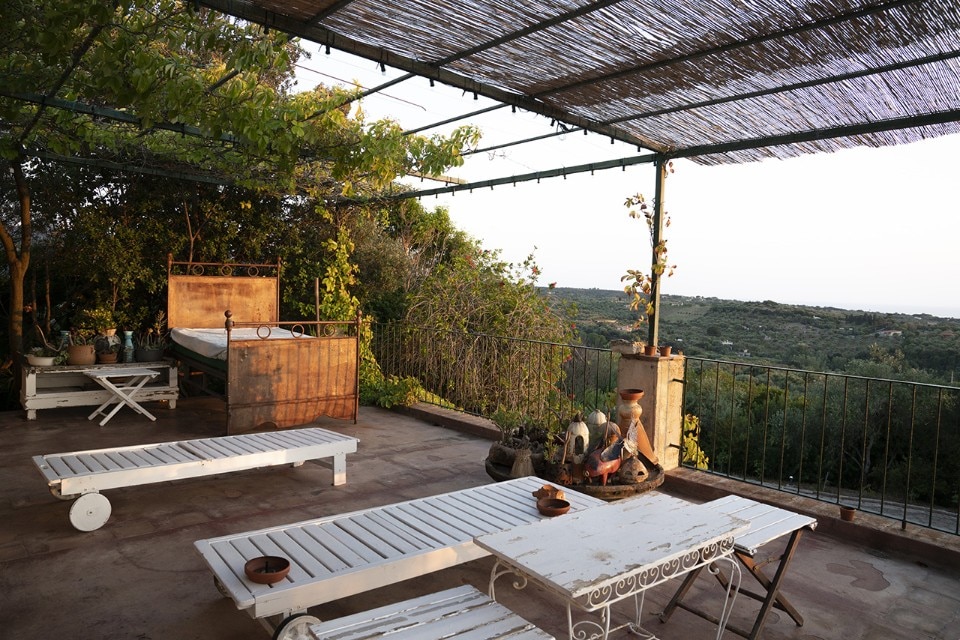
Antonio Marras: aspiring minimalist, serial accumulator
Marras the couturier opens to Domus the doors of his Sardinian hideaway, a solid concentrate of his way of being and designing. His house in Alghero rests on top of a hill surrounded by olive groves, with a spectacular view of the sea
The interiors of Antonio Marras’ house in Alghero. Photo Daniela Zedda
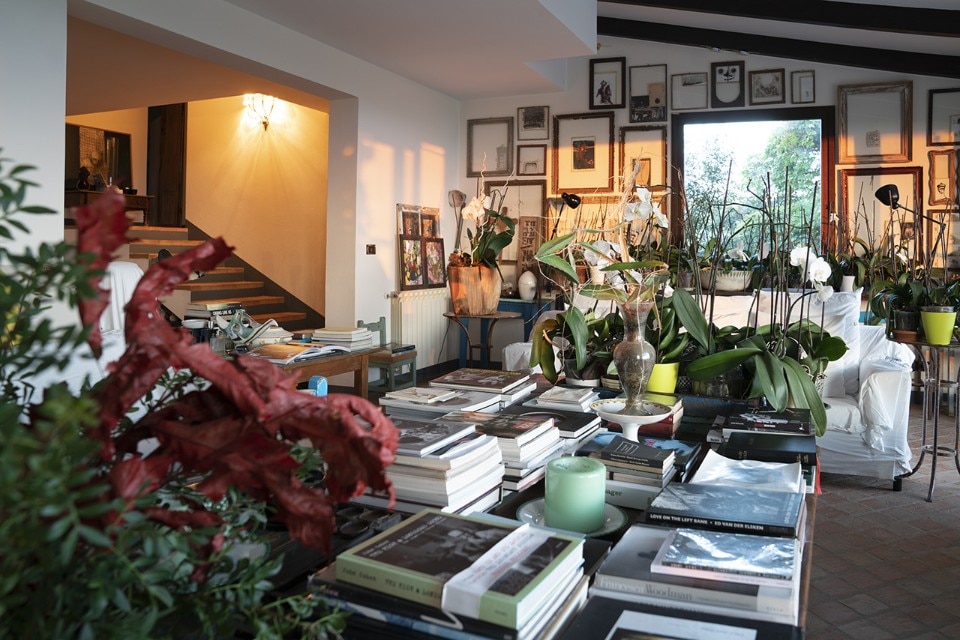
Antonio Marras: aspiring minimalist, serial accumulator
Marras the couturier opens to Domus the doors of his Sardinian hideaway, a solid concentrate of his way of being and designing. His house in Alghero rests on top of a hill surrounded by olive groves, with a spectacular view of the sea
The interiors of Antonio Marras’ house in Alghero. Photo Daniela Zedda
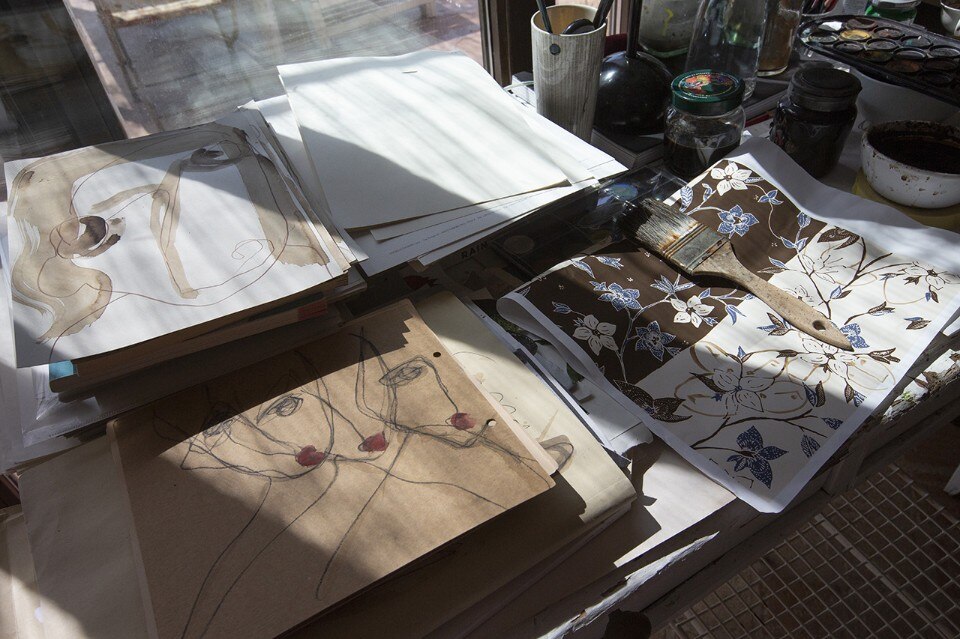
Antonio Marras: aspiring minimalist, serial accumulator
Marras the couturier opens to Domus the doors of his Sardinian hideaway, a solid concentrate of his way of being and designing. His house in Alghero rests on top of a hill surrounded by olive groves, with a spectacular view of the sea
The interiors of Antonio Marras’ house in Alghero. Photo Daniela Zedda
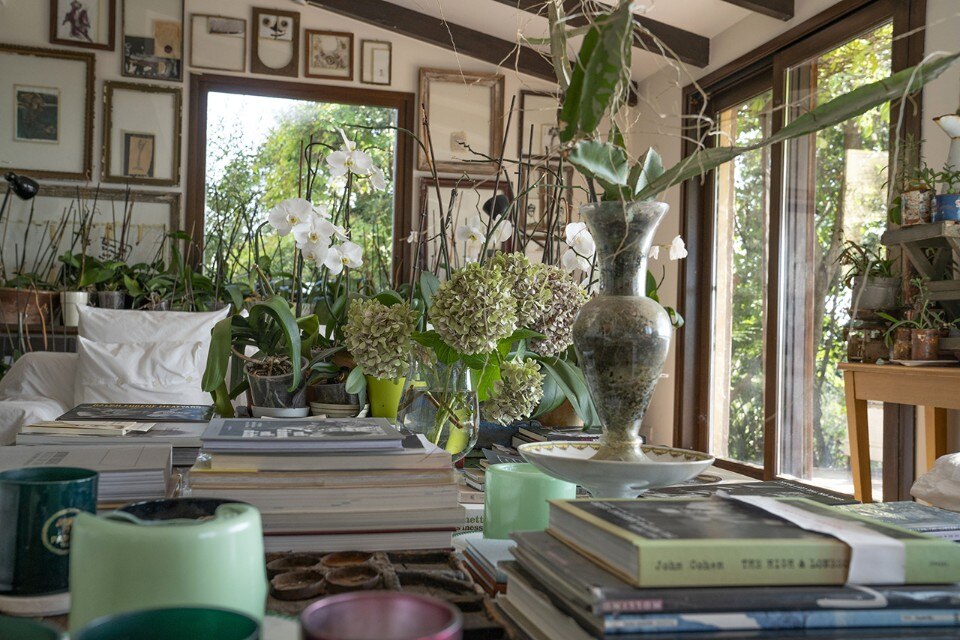
Antonio Marras: aspiring minimalist, serial accumulator
Marras the couturier opens to Domus the doors of his Sardinian hideaway, a solid concentrate of his way of being and designing. His house in Alghero rests on top of a hill surrounded by olive groves, with a spectacular view of the sea
The interiors of Antonio Marras’ house in Alghero. Photo Daniela Zedda
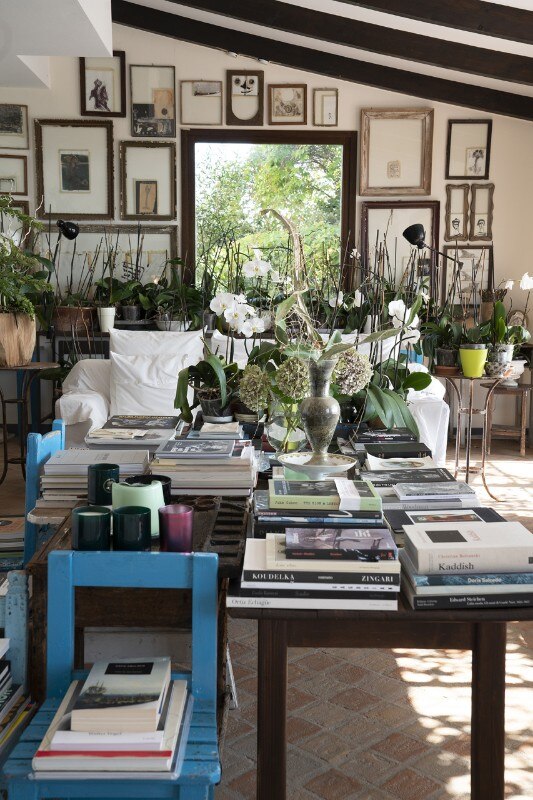
Antonio Marras: aspiring minimalist, serial accumulator
Marras the couturier opens to Domus the doors of his Sardinian hideaway, a solid concentrate of his way of being and designing. His house in Alghero rests on top of a hill surrounded by olive groves, with a spectacular view of the sea
The interiors of Antonio Marras’ house in Alghero. Photo Daniela Zedda
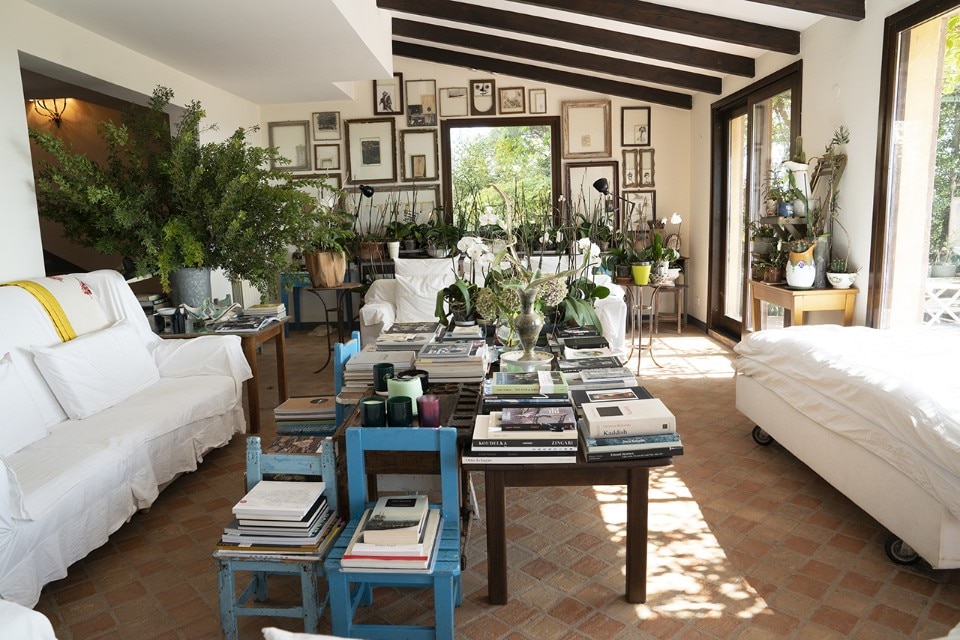
Antonio Marras: aspiring minimalist, serial accumulator
Marras the couturier opens to Domus the doors of his Sardinian hideaway, a solid concentrate of his way of being and designing. His house in Alghero rests on top of a hill surrounded by olive groves, with a spectacular view of the sea
The interiors of Antonio Marras’ house in Alghero. Photo Daniela Zedda
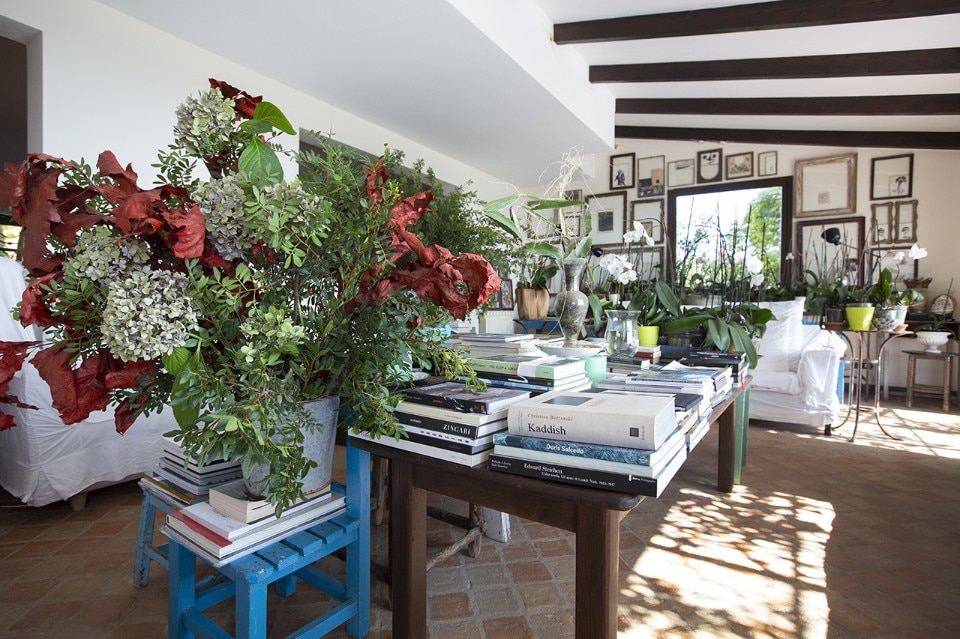
Antonio Marras: aspiring minimalist, serial accumulator
Marras the couturier opens to Domus the doors of his Sardinian hideaway, a solid concentrate of his way of being and designing. His house in Alghero rests on top of a hill surrounded by olive groves, with a spectacular view of the sea
The interiors of Antonio Marras’ house in Alghero. Photo Daniela Zedda
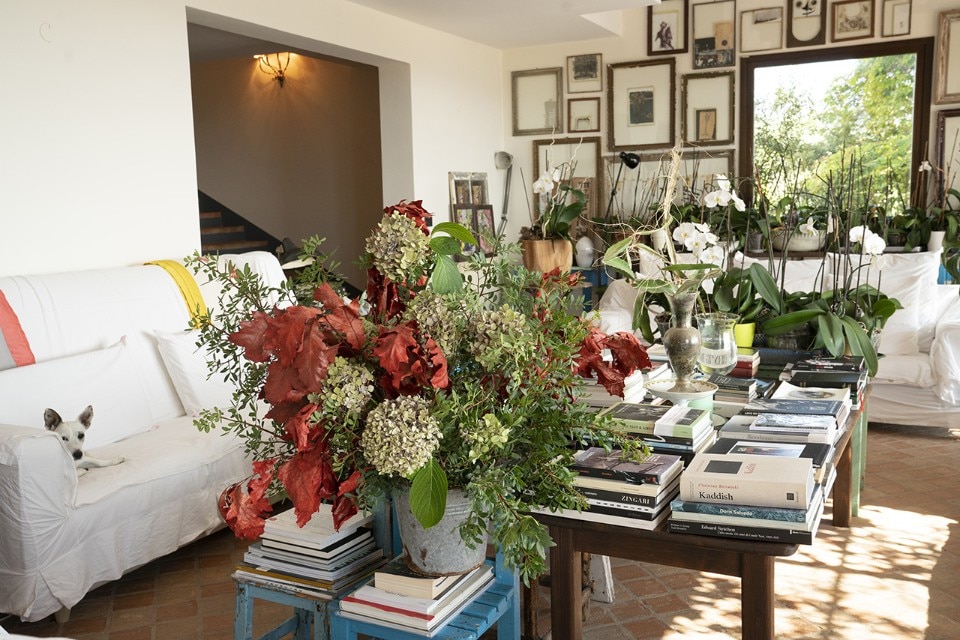
Antonio Marras: aspiring minimalist, serial accumulator
Marras the couturier opens to Domus the doors of his Sardinian hideaway, a solid concentrate of his way of being and designing. His house in Alghero rests on top of a hill surrounded by olive groves, with a spectacular view of the sea
The interiors of Antonio Marras’ house in Alghero. Photo Daniela Zedda
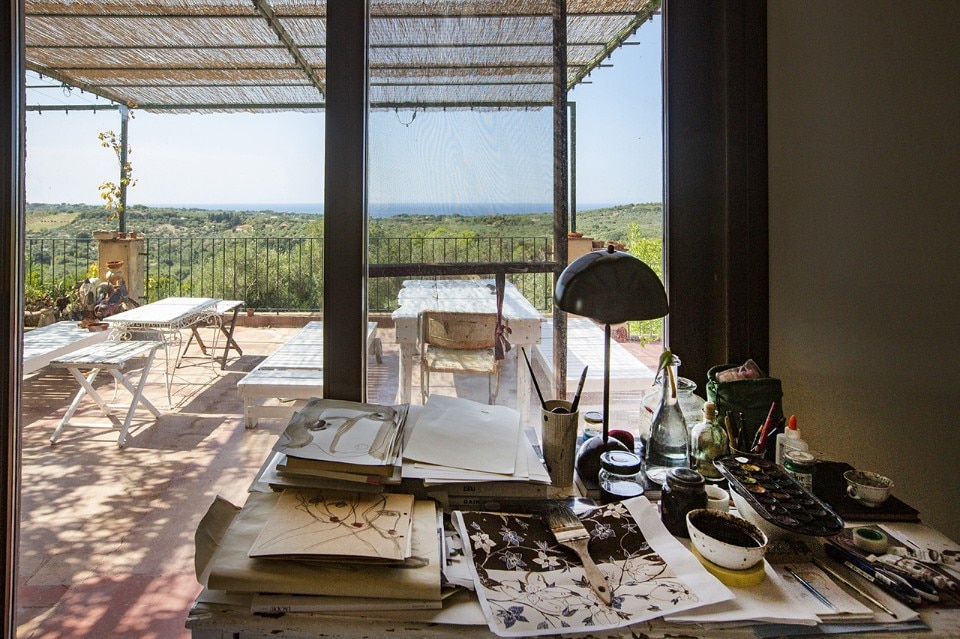
Antonio Marras: aspiring minimalist, serial accumulator
Marras the couturier opens to Domus the doors of his Sardinian hideaway, a solid concentrate of his way of being and designing. His house in Alghero rests on top of a hill surrounded by olive groves, with a spectacular view of the sea
The interiors of Antonio Marras’ house in Alghero. Photo Daniela Zedda
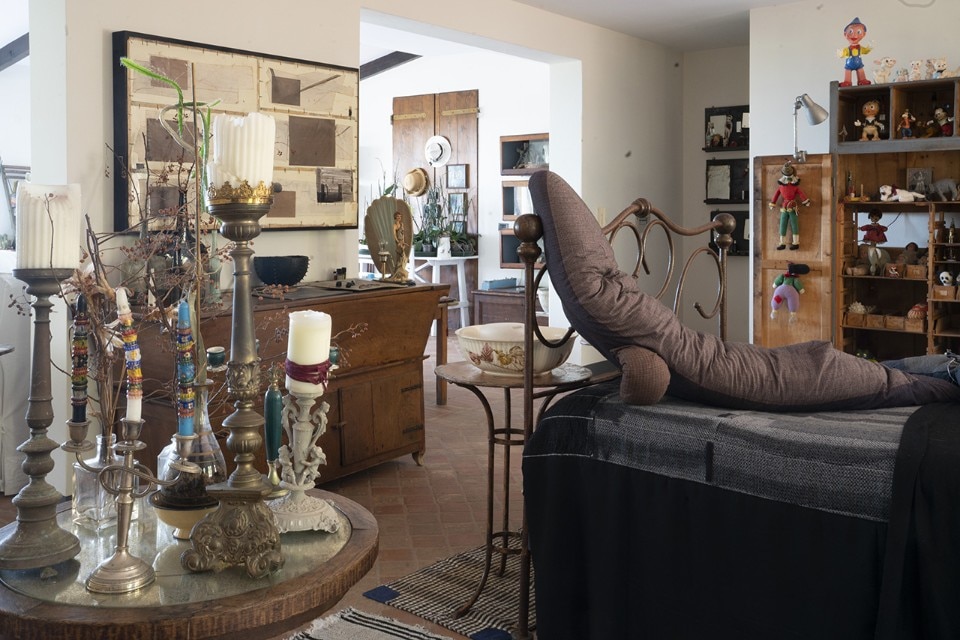
Antonio Marras: aspiring minimalist, serial accumulator
Marras the couturier opens to Domus the doors of his Sardinian hideaway, a solid concentrate of his way of being and designing. His house in Alghero rests on top of a hill surrounded by olive groves, with a spectacular view of the sea
The interiors of Antonio Marras’ house in Alghero. Photo Daniela Zedda
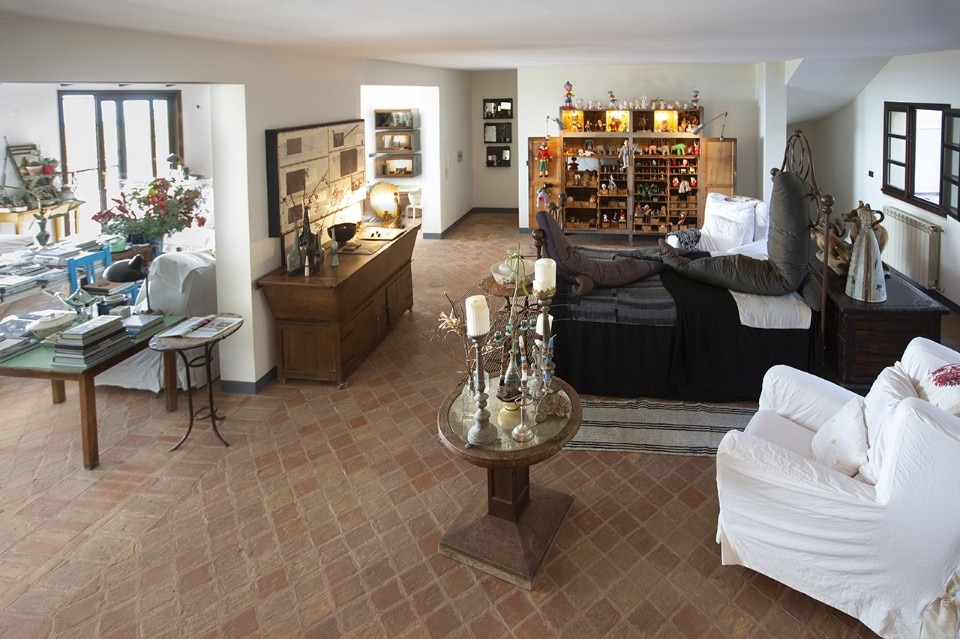
Antonio Marras: aspiring minimalist, serial accumulator
Marras the couturier opens to Domus the doors of his Sardinian hideaway, a solid concentrate of his way of being and designing. His house in Alghero rests on top of a hill surrounded by olive groves, with a spectacular view of the sea
The interiors of Antonio Marras’ house in Alghero. Photo Daniela Zedda
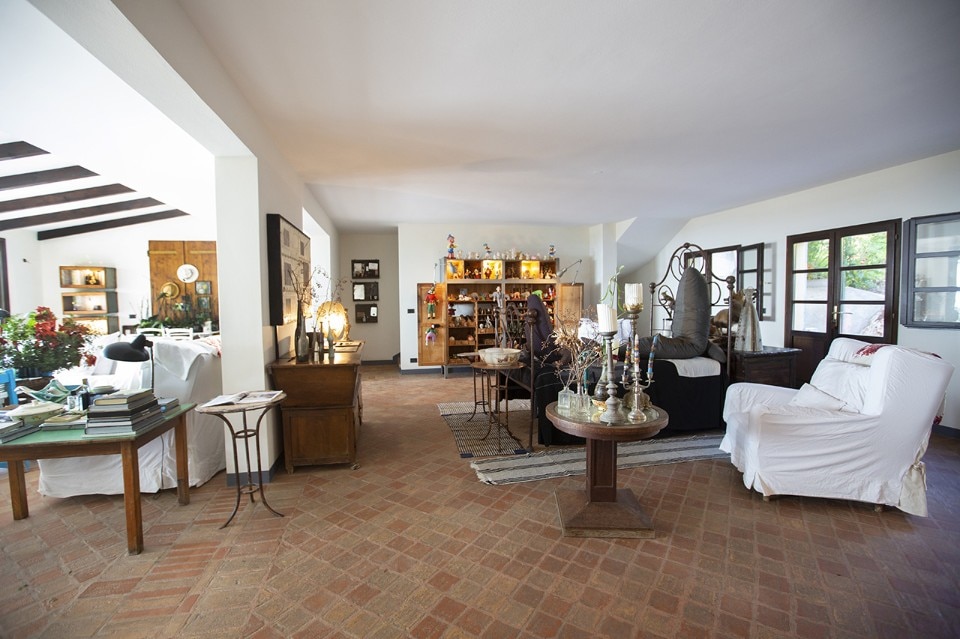
Antonio Marras: aspiring minimalist, serial accumulator
Marras the couturier opens to Domus the doors of his Sardinian hideaway, a solid concentrate of his way of being and designing. His house in Alghero rests on top of a hill surrounded by olive groves, with a spectacular view of the sea
The interiors of Antonio Marras’ house in Alghero. Photo Daniela Zedda
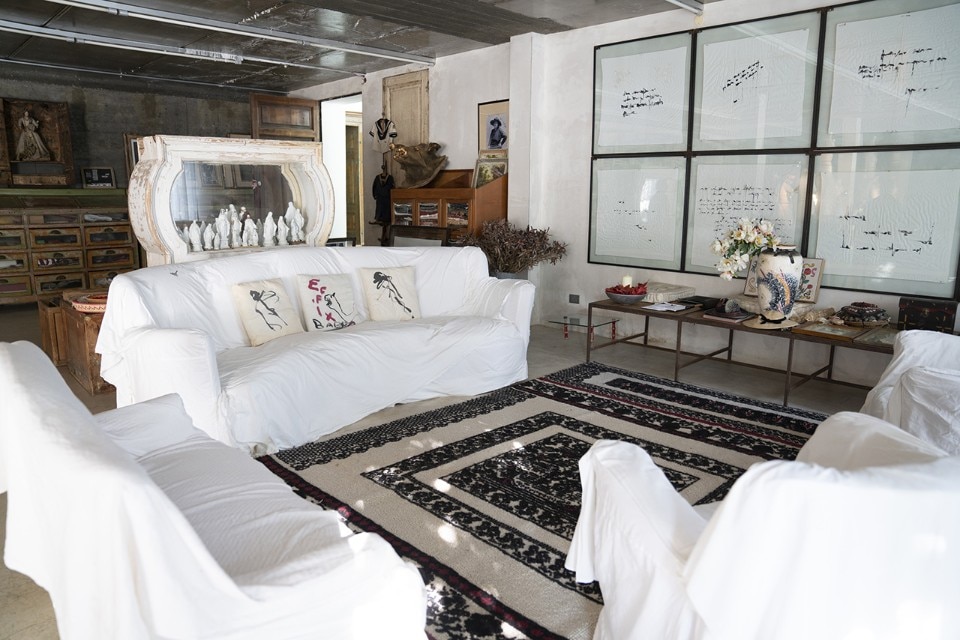
Antonio Marras: aspiring minimalist, serial accumulator
Marras the couturier opens to Domus the doors of his Sardinian hideaway, a solid concentrate of his way of being and designing. His house in Alghero rests on top of a hill surrounded by olive groves, with a spectacular view of the sea
The interiors of Antonio Marras’ house in Alghero. Photo Daniela Zedda
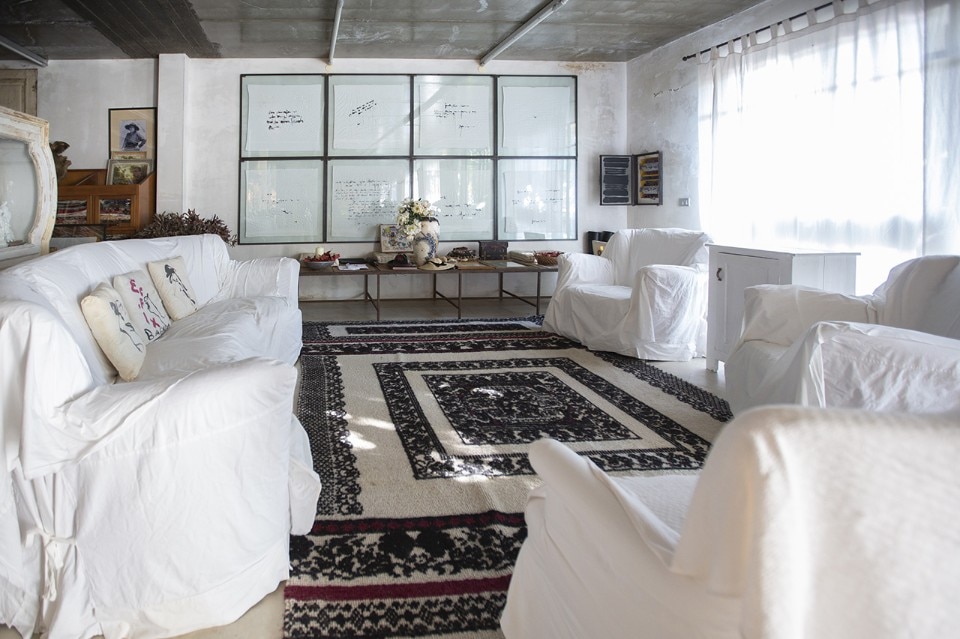
Antonio Marras: aspiring minimalist, serial accumulator
Marras the couturier opens to Domus the doors of his Sardinian hideaway, a solid concentrate of his way of being and designing. His house in Alghero rests on top of a hill surrounded by olive groves, with a spectacular view of the sea
The interiors of Antonio Marras’ house in Alghero. Photo Daniela Zedda
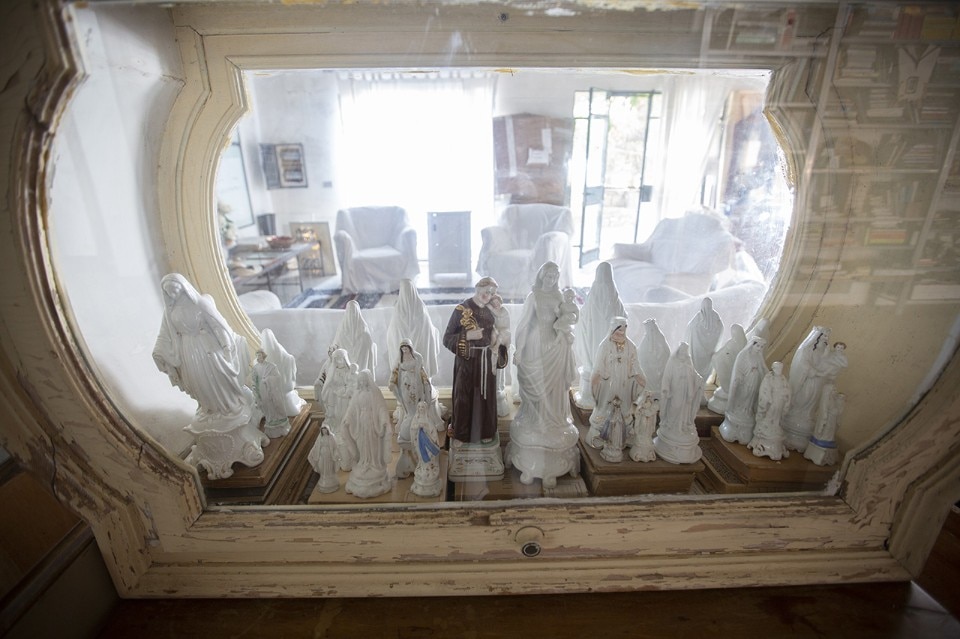
Antonio Marras: aspiring minimalist, serial accumulator
Marras the couturier opens to Domus the doors of his Sardinian hideaway, a solid concentrate of his way of being and designing. His house in Alghero rests on top of a hill surrounded by olive groves, with a spectacular view of the sea
The interiors of Antonio Marras’ house in Alghero. Photo Daniela Zedda
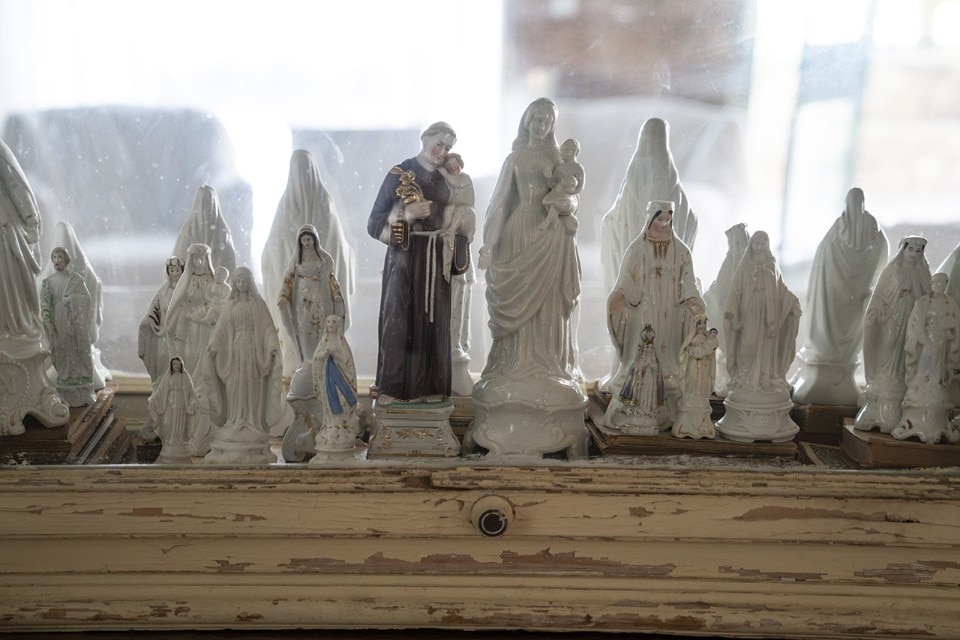
Antonio Marras: aspiring minimalist, serial accumulator
Marras the couturier opens to Domus the doors of his Sardinian hideaway, a solid concentrate of his way of being and designing. His house in Alghero rests on top of a hill surrounded by olive groves, with a spectacular view of the sea
The interiors of Antonio Marras’ house in Alghero. Photo Daniela Zedda
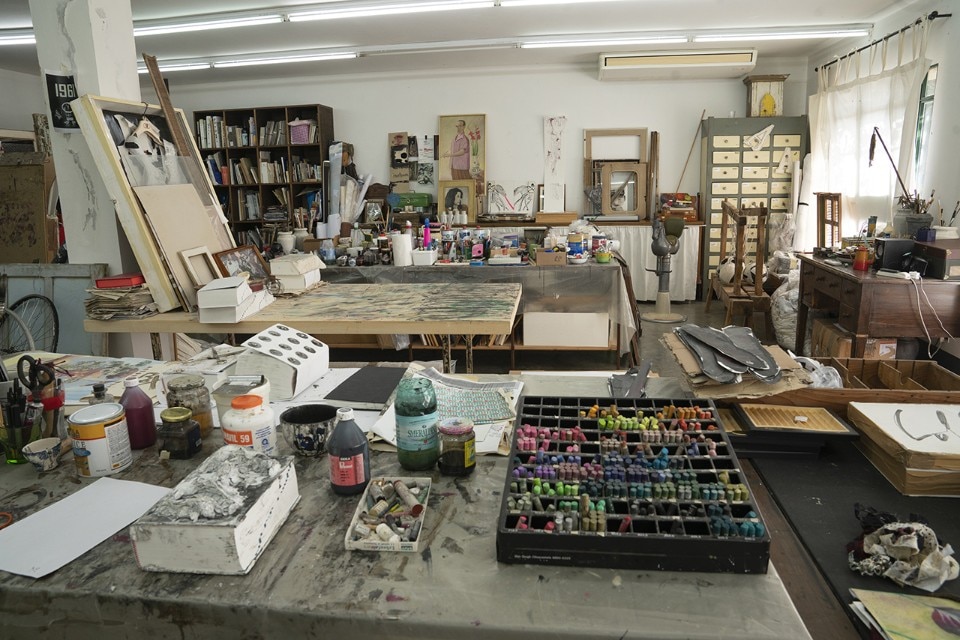
Antonio Marras: aspiring minimalist, serial accumulator
Marras the couturier opens to Domus the doors of his Sardinian hideaway, a solid concentrate of his way of being and designing. His house in Alghero rests on top of a hill surrounded by olive groves, with a spectacular view of the sea
The interiors of Antonio Marras’ house in Alghero. Photo Daniela Zedda
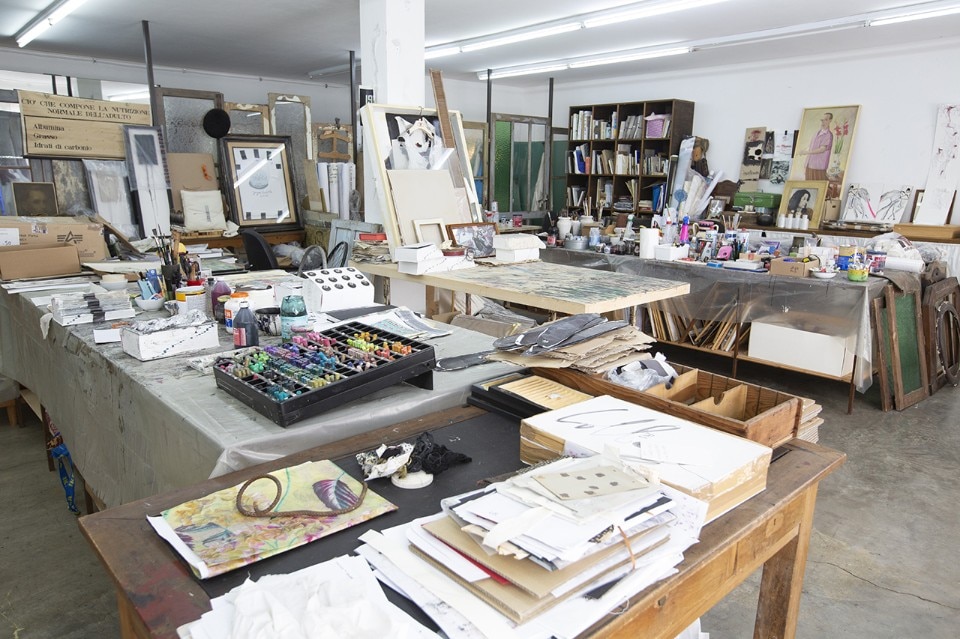
Antonio Marras: aspiring minimalist, serial accumulator
Marras the couturier opens to Domus the doors of his Sardinian hideaway, a solid concentrate of his way of being and designing. His house in Alghero rests on top of a hill surrounded by olive groves, with a spectacular view of the sea
The interiors of Antonio Marras’ house in Alghero. Photo Daniela Zedda
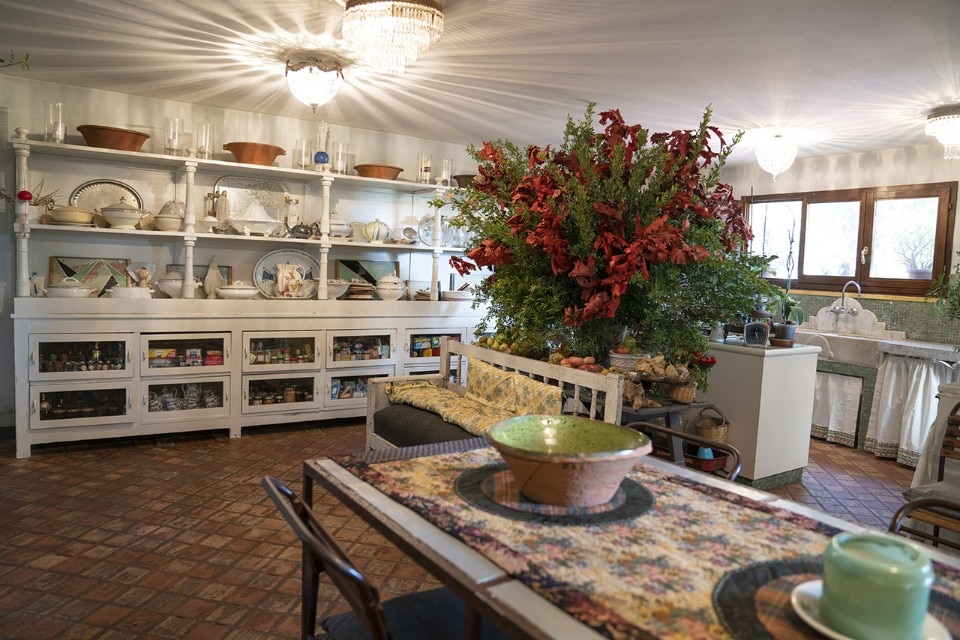
Antonio Marras: aspiring minimalist, serial accumulator
Marras the couturier opens to Domus the doors of his Sardinian hideaway, a solid concentrate of his way of being and designing. His house in Alghero rests on top of a hill surrounded by olive groves, with a spectacular view of the sea
The interiors of Antonio Marras’ house in Alghero. Photo Daniela Zedda
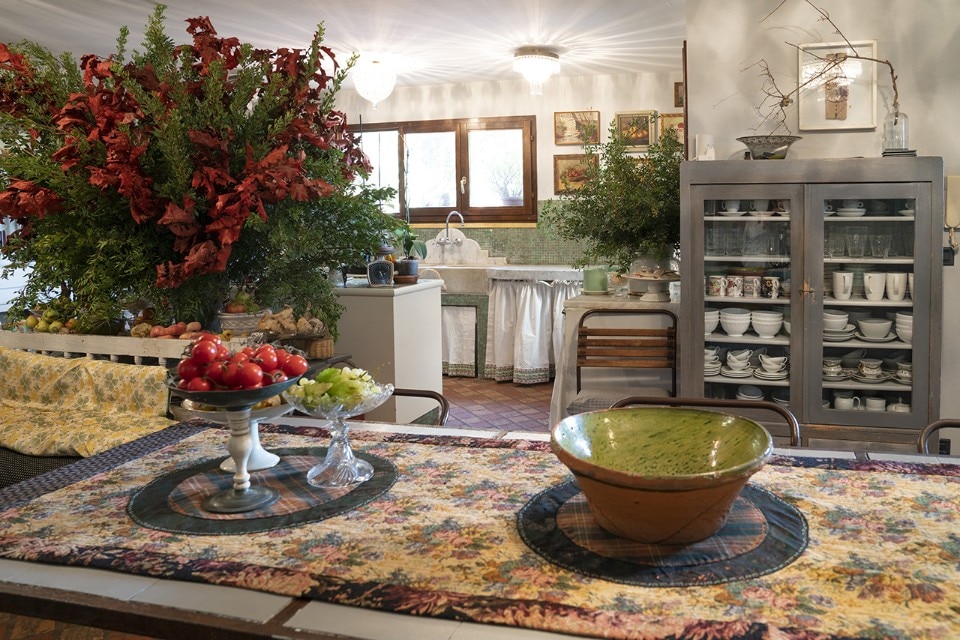
Antonio Marras: aspiring minimalist, serial accumulator
Marras the couturier opens to Domus the doors of his Sardinian hideaway, a solid concentrate of his way of being and designing. His house in Alghero rests on top of a hill surrounded by olive groves, with a spectacular view of the sea
The interiors of Antonio Marras’ house in Alghero. Photo Daniela Zedda
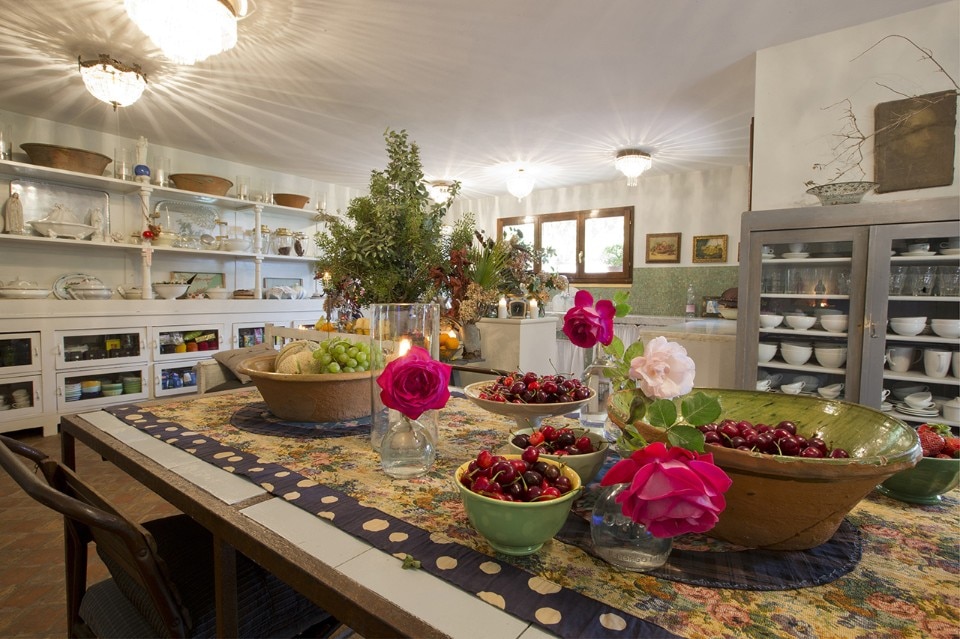
Antonio Marras: aspiring minimalist, serial accumulator
Marras the couturier opens to Domus the doors of his Sardinian hideaway, a solid concentrate of his way of being and designing. His house in Alghero rests on top of a hill surrounded by olive groves, with a spectacular view of the sea
The interiors of Antonio Marras’ house in Alghero. Photo Daniela Zedda
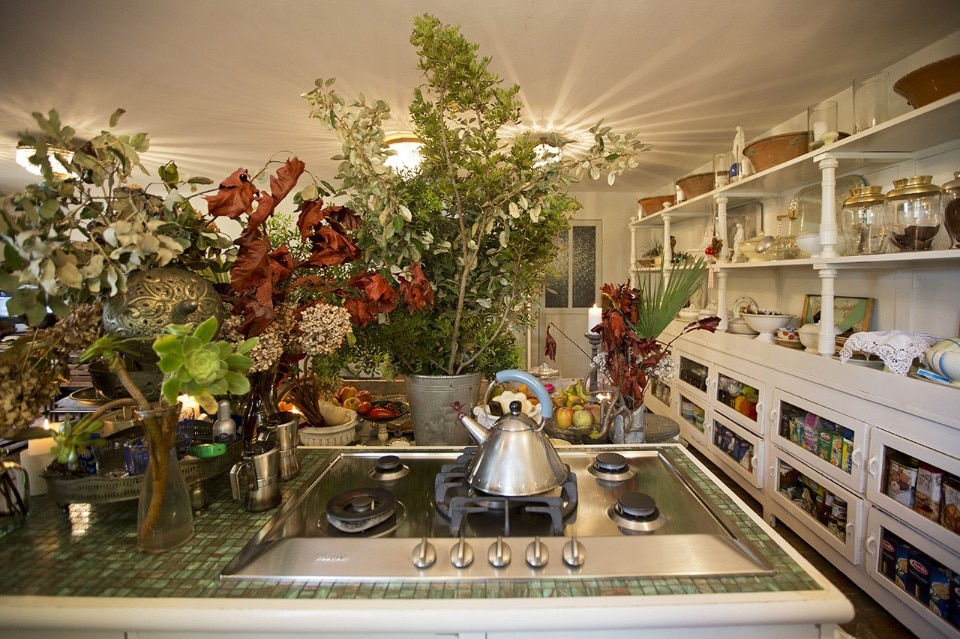
Antonio Marras: aspiring minimalist, serial accumulator
Marras the couturier opens to Domus the doors of his Sardinian hideaway, a solid concentrate of his way of being and designing. His house in Alghero rests on top of a hill surrounded by olive groves, with a spectacular view of the sea
The interiors of Antonio Marras’ house in Alghero. Photo Daniela Zedda
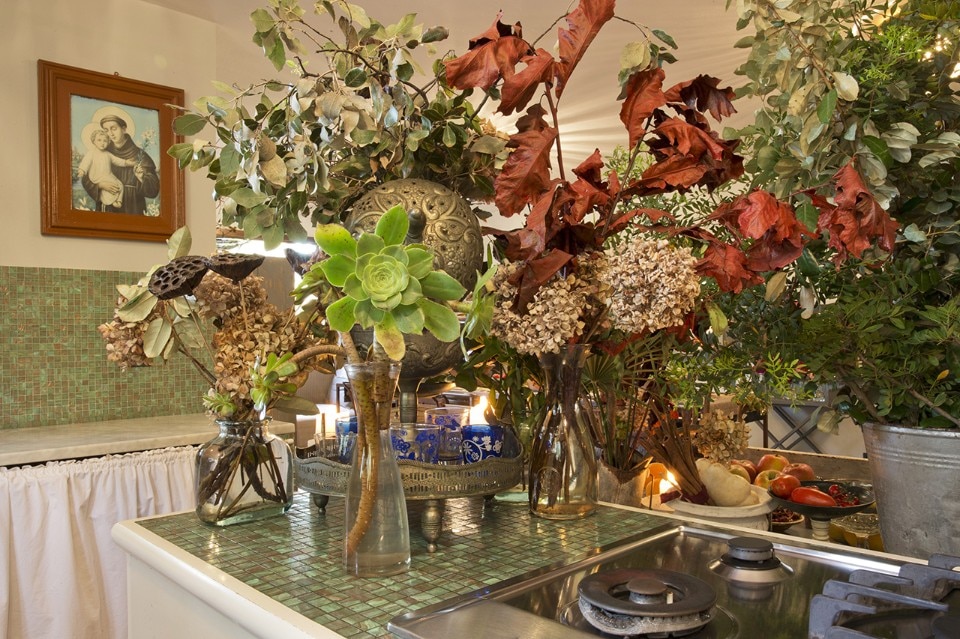
Antonio Marras: aspiring minimalist, serial accumulator
Marras the couturier opens to Domus the doors of his Sardinian hideaway, a solid concentrate of his way of being and designing. His house in Alghero rests on top of a hill surrounded by olive groves, with a spectacular view of the sea
The interiors of Antonio Marras’ house in Alghero. Photo Daniela Zedda
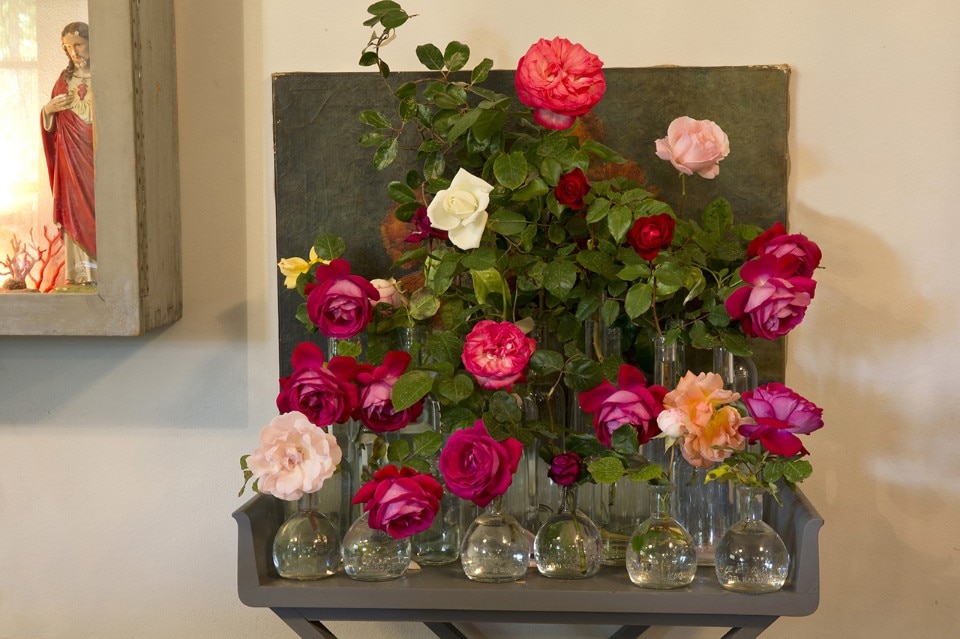
Antonio Marras: aspiring minimalist, serial accumulator
Marras the couturier opens to Domus the doors of his Sardinian hideaway, a solid concentrate of his way of being and designing. His house in Alghero rests on top of a hill surrounded by olive groves, with a spectacular view of the sea
The interiors of Antonio Marras’ house in Alghero. Photo Daniela Zedda
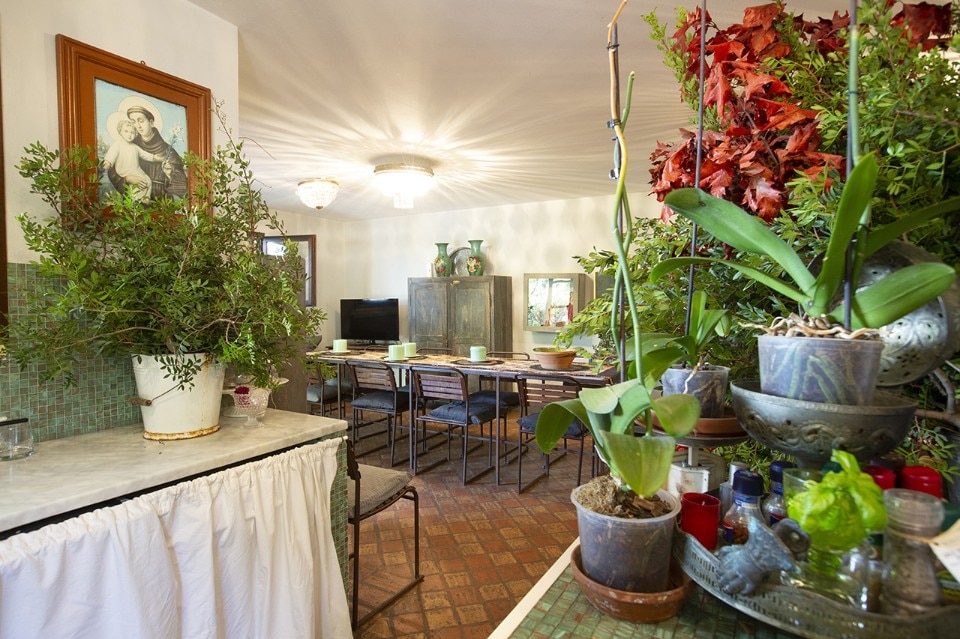
Antonio Marras: aspiring minimalist, serial accumulator
Marras the couturier opens to Domus the doors of his Sardinian hideaway, a solid concentrate of his way of being and designing. His house in Alghero rests on top of a hill surrounded by olive groves, with a spectacular view of the sea
The interiors of Antonio Marras’ house in Alghero. Photo Daniela Zedda
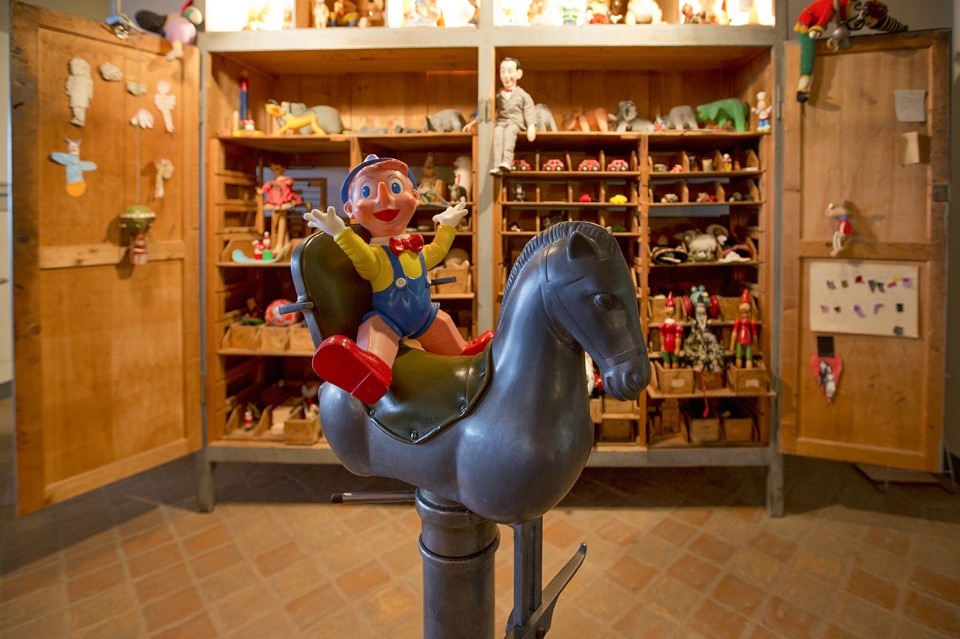
Antonio Marras: aspiring minimalist, serial accumulator
Marras the couturier opens to Domus the doors of his Sardinian hideaway, a solid concentrate of his way of being and designing. His house in Alghero rests on top of a hill surrounded by olive groves, with a spectacular view of the sea
The interiors of Antonio Marras’ house in Alghero. Photo Daniela Zedda
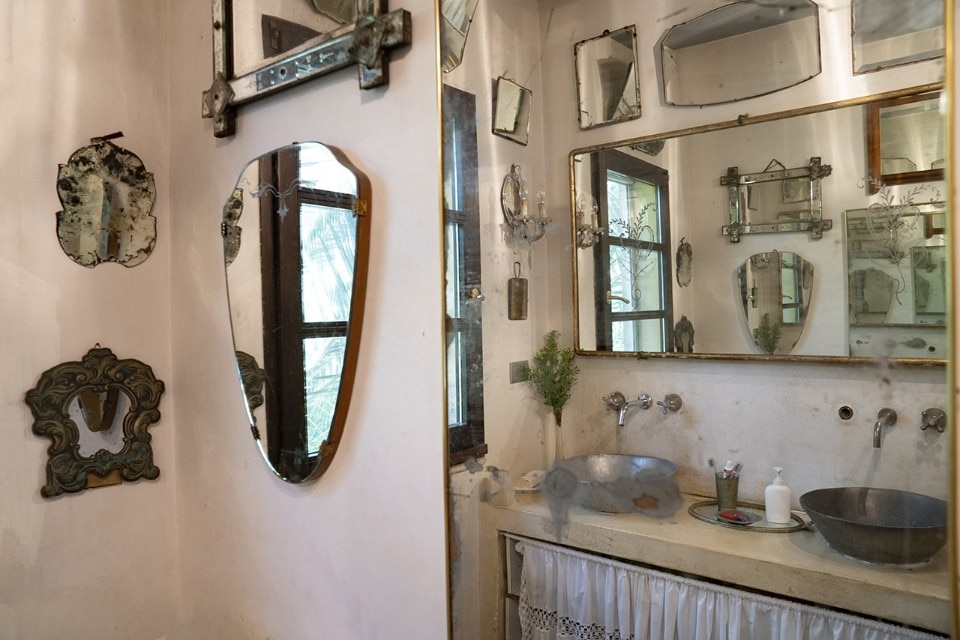
Antonio Marras: aspiring minimalist, serial accumulator
Marras the couturier opens to Domus the doors of his Sardinian hideaway, a solid concentrate of his way of being and designing. His house in Alghero rests on top of a hill surrounded by olive groves, with a spectacular view of the sea
The interiors of Antonio Marras’ house in Alghero. Photo Daniela Zedda
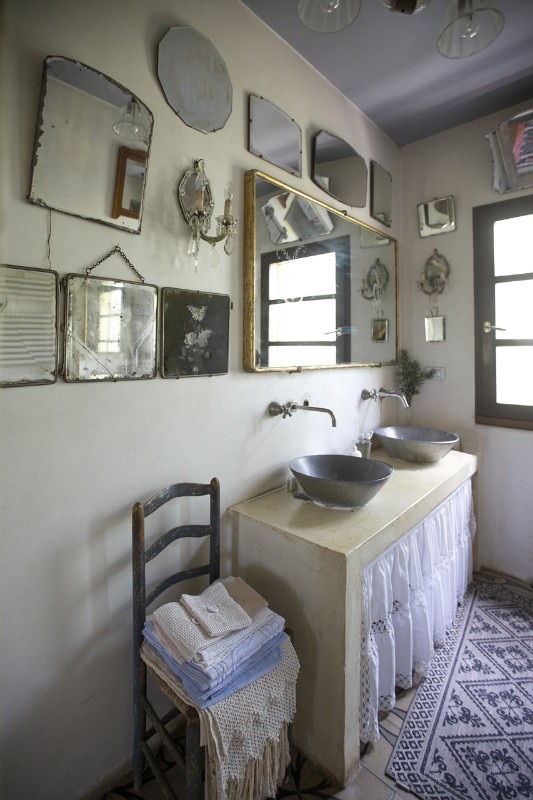
Antonio Marras: aspiring minimalist, serial accumulator
Marras the couturier opens to Domus the doors of his Sardinian hideaway, a solid concentrate of his way of being and designing. His house in Alghero rests on top of a hill surrounded by olive groves, with a spectacular view of the sea
The interiors of Antonio Marras’ house in Alghero. Photo Daniela Zedda
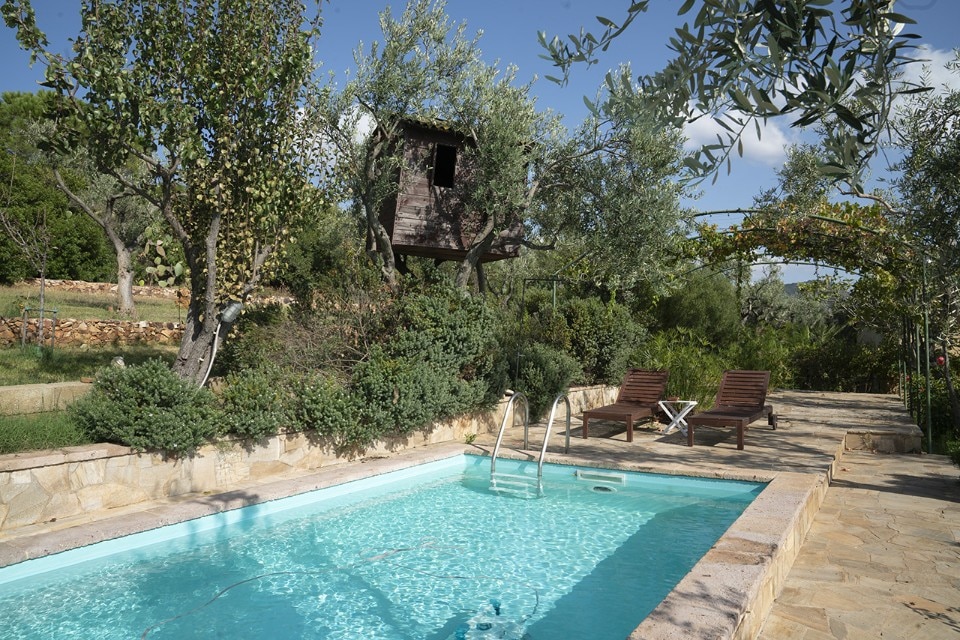
Antonio Marras: aspiring minimalist, serial accumulator
Marras the couturier opens to Domus the doors of his Sardinian hideaway, a solid concentrate of his way of being and designing. His house in Alghero rests on top of a hill surrounded by olive groves, with a spectacular view of the sea
The interiors of Antonio Marras’ house in Alghero. Photo Daniela Zedda
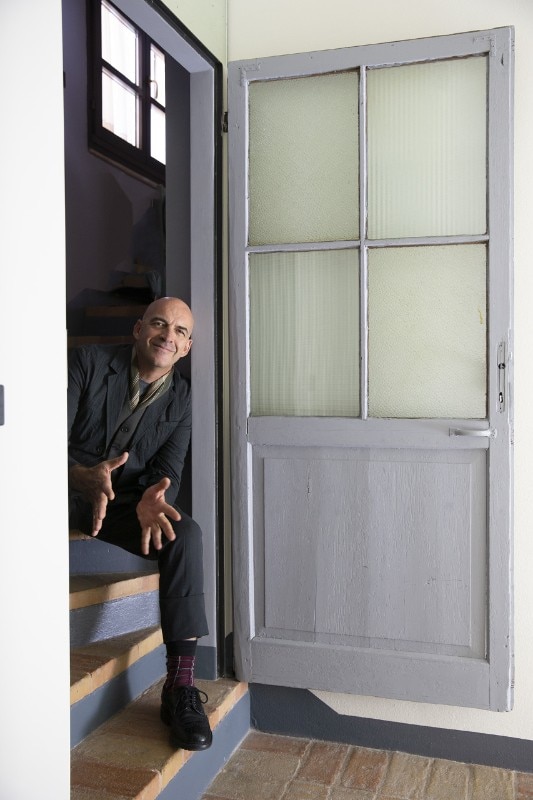
Antonio Marras: aspiring minimalist, serial accumulator
Marras the couturier opens to Domus the doors of his Sardinian hideaway, a solid concentrate of his way of being and designing. His house in Alghero rests on top of a hill surrounded by olive groves, with a spectacular view of the sea
The interiors of Antonio Marras’ house in Alghero. Photo Daniela Zedda

Antonio Marras: aspiring minimalist, serial accumulator
Marras the couturier opens to Domus the doors of his Sardinian hideaway, a solid concentrate of his way of being and designing. His house in Alghero rests on top of a hill surrounded by olive groves, with a spectacular view of the sea
The interiors of Antonio Marras’ house in Alghero. Photo Daniela Zedda

Antonio Marras: aspiring minimalist, serial accumulator
Marras the couturier opens to Domus the doors of his Sardinian hideaway, a solid concentrate of his way of being and designing. His house in Alghero rests on top of a hill surrounded by olive groves, with a spectacular view of the sea
The interiors of Antonio Marras’ house in Alghero. Photo Daniela Zedda

Antonio Marras: aspiring minimalist, serial accumulator
Marras the couturier opens to Domus the doors of his Sardinian hideaway, a solid concentrate of his way of being and designing. His house in Alghero rests on top of a hill surrounded by olive groves, with a spectacular view of the sea
The interiors of Antonio Marras’ house in Alghero. Photo Daniela Zedda

Antonio Marras: aspiring minimalist, serial accumulator
Marras the couturier opens to Domus the doors of his Sardinian hideaway, a solid concentrate of his way of being and designing. His house in Alghero rests on top of a hill surrounded by olive groves, with a spectacular view of the sea
The interiors of Antonio Marras’ house in Alghero. Photo Daniela Zedda

Antonio Marras: aspiring minimalist, serial accumulator
Marras the couturier opens to Domus the doors of his Sardinian hideaway, a solid concentrate of his way of being and designing. His house in Alghero rests on top of a hill surrounded by olive groves, with a spectacular view of the sea
The interiors of Antonio Marras’ house in Alghero. Photo Daniela Zedda

Antonio Marras: aspiring minimalist, serial accumulator
Marras the couturier opens to Domus the doors of his Sardinian hideaway, a solid concentrate of his way of being and designing. His house in Alghero rests on top of a hill surrounded by olive groves, with a spectacular view of the sea
The interiors of Antonio Marras’ house in Alghero. Photo Daniela Zedda

Antonio Marras: aspiring minimalist, serial accumulator
Marras the couturier opens to Domus the doors of his Sardinian hideaway, a solid concentrate of his way of being and designing. His house in Alghero rests on top of a hill surrounded by olive groves, with a spectacular view of the sea
The interiors of Antonio Marras’ house in Alghero. Photo Daniela Zedda

Antonio Marras: aspiring minimalist, serial accumulator
Marras the couturier opens to Domus the doors of his Sardinian hideaway, a solid concentrate of his way of being and designing. His house in Alghero rests on top of a hill surrounded by olive groves, with a spectacular view of the sea
The interiors of Antonio Marras’ house in Alghero. Photo Daniela Zedda

Antonio Marras: aspiring minimalist, serial accumulator
Marras the couturier opens to Domus the doors of his Sardinian hideaway, a solid concentrate of his way of being and designing. His house in Alghero rests on top of a hill surrounded by olive groves, with a spectacular view of the sea
The interiors of Antonio Marras’ house in Alghero. Photo Daniela Zedda

Antonio Marras: aspiring minimalist, serial accumulator
Marras the couturier opens to Domus the doors of his Sardinian hideaway, a solid concentrate of his way of being and designing. His house in Alghero rests on top of a hill surrounded by olive groves, with a spectacular view of the sea
The interiors of Antonio Marras’ house in Alghero. Photo Daniela Zedda

Antonio Marras: aspiring minimalist, serial accumulator
Marras the couturier opens to Domus the doors of his Sardinian hideaway, a solid concentrate of his way of being and designing. His house in Alghero rests on top of a hill surrounded by olive groves, with a spectacular view of the sea
The interiors of Antonio Marras’ house in Alghero. Photo Daniela Zedda

Antonio Marras: aspiring minimalist, serial accumulator
Marras the couturier opens to Domus the doors of his Sardinian hideaway, a solid concentrate of his way of being and designing. His house in Alghero rests on top of a hill surrounded by olive groves, with a spectacular view of the sea
The interiors of Antonio Marras’ house in Alghero. Photo Daniela Zedda

Antonio Marras: aspiring minimalist, serial accumulator
Marras the couturier opens to Domus the doors of his Sardinian hideaway, a solid concentrate of his way of being and designing. His house in Alghero rests on top of a hill surrounded by olive groves, with a spectacular view of the sea
The interiors of Antonio Marras’ house in Alghero. Photo Daniela Zedda

Antonio Marras: aspiring minimalist, serial accumulator
Marras the couturier opens to Domus the doors of his Sardinian hideaway, a solid concentrate of his way of being and designing. His house in Alghero rests on top of a hill surrounded by olive groves, with a spectacular view of the sea
The interiors of Antonio Marras’ house in Alghero. Photo Daniela Zedda

Antonio Marras: aspiring minimalist, serial accumulator
Marras the couturier opens to Domus the doors of his Sardinian hideaway, a solid concentrate of his way of being and designing. His house in Alghero rests on top of a hill surrounded by olive groves, with a spectacular view of the sea
The interiors of Antonio Marras’ house in Alghero. Photo Daniela Zedda

Antonio Marras: aspiring minimalist, serial accumulator
Marras the couturier opens to Domus the doors of his Sardinian hideaway, a solid concentrate of his way of being and designing. His house in Alghero rests on top of a hill surrounded by olive groves, with a spectacular view of the sea
The interiors of Antonio Marras’ house in Alghero. Photo Daniela Zedda

Antonio Marras: aspiring minimalist, serial accumulator
Marras the couturier opens to Domus the doors of his Sardinian hideaway, a solid concentrate of his way of being and designing. His house in Alghero rests on top of a hill surrounded by olive groves, with a spectacular view of the sea
The interiors of Antonio Marras’ house in Alghero. Photo Daniela Zedda

Antonio Marras: aspiring minimalist, serial accumulator
Marras the couturier opens to Domus the doors of his Sardinian hideaway, a solid concentrate of his way of being and designing. His house in Alghero rests on top of a hill surrounded by olive groves, with a spectacular view of the sea
The interiors of Antonio Marras’ house in Alghero. Photo Daniela Zedda

Antonio Marras: aspiring minimalist, serial accumulator
Marras the couturier opens to Domus the doors of his Sardinian hideaway, a solid concentrate of his way of being and designing. His house in Alghero rests on top of a hill surrounded by olive groves, with a spectacular view of the sea
The interiors of Antonio Marras’ house in Alghero. Photo Daniela Zedda

Antonio Marras: aspiring minimalist, serial accumulator
Marras the couturier opens to Domus the doors of his Sardinian hideaway, a solid concentrate of his way of being and designing. His house in Alghero rests on top of a hill surrounded by olive groves, with a spectacular view of the sea
The interiors of Antonio Marras’ house in Alghero. Photo Daniela Zedda

Antonio Marras: aspiring minimalist, serial accumulator
Marras the couturier opens to Domus the doors of his Sardinian hideaway, a solid concentrate of his way of being and designing. His house in Alghero rests on top of a hill surrounded by olive groves, with a spectacular view of the sea
The interiors of Antonio Marras’ house in Alghero. Photo Daniela Zedda

Antonio Marras: aspiring minimalist, serial accumulator
Marras the couturier opens to Domus the doors of his Sardinian hideaway, a solid concentrate of his way of being and designing. His house in Alghero rests on top of a hill surrounded by olive groves, with a spectacular view of the sea
The interiors of Antonio Marras’ house in Alghero. Photo Daniela Zedda

Antonio Marras: aspiring minimalist, serial accumulator
Marras the couturier opens to Domus the doors of his Sardinian hideaway, a solid concentrate of his way of being and designing. His house in Alghero rests on top of a hill surrounded by olive groves, with a spectacular view of the sea
The interiors of Antonio Marras’ house in Alghero. Photo Daniela Zedda

Antonio Marras: aspiring minimalist, serial accumulator
Marras the couturier opens to Domus the doors of his Sardinian hideaway, a solid concentrate of his way of being and designing. His house in Alghero rests on top of a hill surrounded by olive groves, with a spectacular view of the sea
The interiors of Antonio Marras’ house in Alghero. Photo Daniela Zedda

Antonio Marras: aspiring minimalist, serial accumulator
Marras the couturier opens to Domus the doors of his Sardinian hideaway, a solid concentrate of his way of being and designing. His house in Alghero rests on top of a hill surrounded by olive groves, with a spectacular view of the sea
The interiors of Antonio Marras’ house in Alghero. Photo Daniela Zedda

Antonio Marras: aspiring minimalist, serial accumulator
Marras the couturier opens to Domus the doors of his Sardinian hideaway, a solid concentrate of his way of being and designing. His house in Alghero rests on top of a hill surrounded by olive groves, with a spectacular view of the sea
The interiors of Antonio Marras’ house in Alghero. Photo Daniela Zedda

Antonio Marras: aspiring minimalist, serial accumulator
Marras the couturier opens to Domus the doors of his Sardinian hideaway, a solid concentrate of his way of being and designing. His house in Alghero rests on top of a hill surrounded by olive groves, with a spectacular view of the sea
The interiors of Antonio Marras’ house in Alghero. Photo Daniela Zedda

Antonio Marras: aspiring minimalist, serial accumulator
Marras the couturier opens to Domus the doors of his Sardinian hideaway, a solid concentrate of his way of being and designing. His house in Alghero rests on top of a hill surrounded by olive groves, with a spectacular view of the sea
The interiors of Antonio Marras’ house in Alghero. Photo Daniela Zedda

Antonio Marras: aspiring minimalist, serial accumulator
Marras the couturier opens to Domus the doors of his Sardinian hideaway, a solid concentrate of his way of being and designing. His house in Alghero rests on top of a hill surrounded by olive groves, with a spectacular view of the sea
The interiors of Antonio Marras’ house in Alghero. Photo Daniela Zedda

Antonio Marras: aspiring minimalist, serial accumulator
Marras the couturier opens to Domus the doors of his Sardinian hideaway, a solid concentrate of his way of being and designing. His house in Alghero rests on top of a hill surrounded by olive groves, with a spectacular view of the sea
The interiors of Antonio Marras’ house in Alghero. Photo Daniela Zedda

Antonio Marras: aspiring minimalist, serial accumulator
Marras the couturier opens to Domus the doors of his Sardinian hideaway, a solid concentrate of his way of being and designing. His house in Alghero rests on top of a hill surrounded by olive groves, with a spectacular view of the sea
The interiors of Antonio Marras’ house in Alghero. Photo Daniela Zedda

Antonio Marras: aspiring minimalist, serial accumulator
Marras the couturier opens to Domus the doors of his Sardinian hideaway, a solid concentrate of his way of being and designing. His house in Alghero rests on top of a hill surrounded by olive groves, with a spectacular view of the sea
The interiors of Antonio Marras’ house in Alghero. Photo Daniela Zedda

Antonio Marras: aspiring minimalist, serial accumulator
Marras the couturier opens to Domus the doors of his Sardinian hideaway, a solid concentrate of his way of being and designing. His house in Alghero rests on top of a hill surrounded by olive groves, with a spectacular view of the sea
The interiors of Antonio Marras’ house in Alghero. Photo Daniela Zedda

Antonio Marras: aspiring minimalist, serial accumulator
Marras the couturier opens to Domus the doors of his Sardinian hideaway, a solid concentrate of his way of being and designing. His house in Alghero rests on top of a hill surrounded by olive groves, with a spectacular view of the sea
The interiors of Antonio Marras’ house in Alghero. Photo Daniela Zedda

Antonio Marras: aspiring minimalist, serial accumulator
Marras the couturier opens to Domus the doors of his Sardinian hideaway, a solid concentrate of his way of being and designing. His house in Alghero rests on top of a hill surrounded by olive groves, with a spectacular view of the sea
The interiors of Antonio Marras’ house in Alghero. Photo Daniela Zedda

Antonio Marras: aspiring minimalist, serial accumulator
Marras the couturier opens to Domus the doors of his Sardinian hideaway, a solid concentrate of his way of being and designing. His house in Alghero rests on top of a hill surrounded by olive groves, with a spectacular view of the sea
The interiors of Antonio Marras’ house in Alghero. Photo Daniela Zedda
The house in Alghero is where the Sardinian artist lives most of the time, together with Patrizia – his wife, muse and the mother of his two sons. The house is like an island on an island, surrounded by olive groves, on top of a hill with a view of the sea. It is immersed in the prickly scent of Mediterranean scrub, a mix of myrtle, jasmine and broom. “As soon as you enter, you smell the Helichrysum italicum, but you can't describe it, it can't be denominated. It’s like beauty: when you feel it, only you know what it is.” An en suite of large rooms and courts, a small swimming pool, prayer cards on the walls, embroidered fabrics, wilted flowers, books and pictures of sunsets off the cliffs of Capo Caccia, the promontory protecting the bay of Alghero. “This is my House with a capital H, the one we built with our hands and hearts, a lived-in place erected brick by brick, even though it might look like it was built 200 years ago.” The two-storey home-cum-atelier has very few doors, giant windows, a workroom on the ground floor and a library on the upper level.
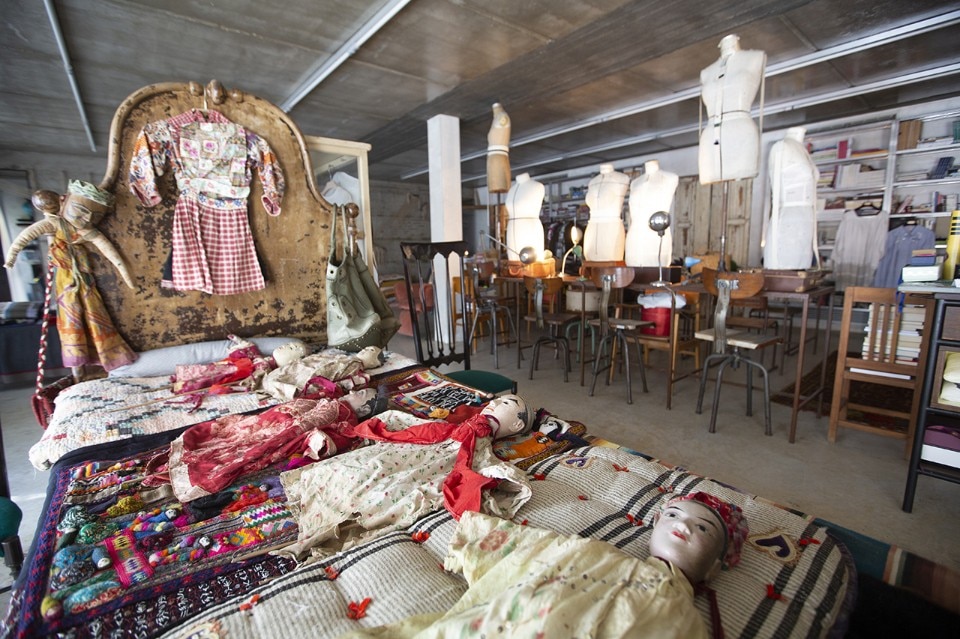
“Until a little while ago, this was one big space without divisions between private quarters and work. Then we made some changes. The house in Alghero mainly represents a projection of ourselves, or better, our appendix. It’s one of those places you can't wait to leave, but you know you’ll be back.” Marras uses it as a refuge when he is stricken by jet lag from overseas flights and international events. He lives here with his family, relatives, adopted dogs and infinite plants. “I have a very green thumb. In the things I do, I feel a bit like an animal. I reason by instinct. I enjoy combinations of plants that together create something. Nature has the ability and capacity to remodel, recreate and render harmonious things that at first might seem ugly and distorted. Merely by putting diverse plants together in a pot you can create an ideal habitat. This is unity, a magical combination of shapes and volumes that only nature is able to give. I am influenced by this aspect. With reserve, with insouciance, I venture into disciplines that I do not master.”
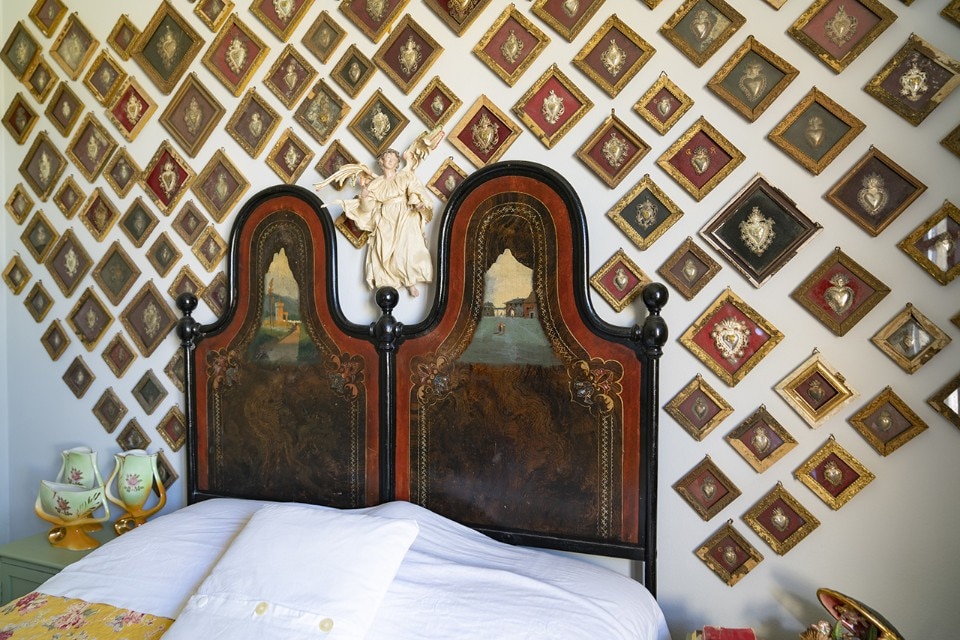
Marras is a restless soul, a kaleidoscopic volcano in perpetual motion. Between one fashion show and the next, he dedicates time to a thousand other projects, like a contemporary King Midas.
These include taking a degree in architecture (on the back burner, for the time being), and a spectacle that will debut in November at the Teatro Massimo in Cagliari as an adaptation of an exhibition he made in collaboration with Galleria Massimo Minini in Brescia. “I always wish to have the possibility of exchange, to embrace or clash with the disciplines of theatre, poetry and dance. I am referring to everything surrounding those fields, too, even the taboos.” Five years ago, the Accademia di Brera in Milan awarded Marras with an honorary degree in visual arts. “I have never felt I needed to stop at anything. My only fear is to depend on someone else. All the rest is a source of stimulus, study, discovery and curiosity that pushes me forward in every way.” His Sardinian accent is intense; his descriptions proceed by way of visions, figures of speech and memories. “I am interested in conducting a dialogue with spaces. Habitation to me means living with the right amount of light and shadow, a good ratio between rushing around and resting. These are fundamental aspects that originate in my needs. I am intrigued by my own incompleteness. I find pleasure in places that tell a story, that testify to lives lived. I listen and try to understand if the objects have anything to say. The artist Maria Lai taught me to do that. Just look at the bottles and still lifes by Giorgio Morandi. They speak of homes and moments in life.”
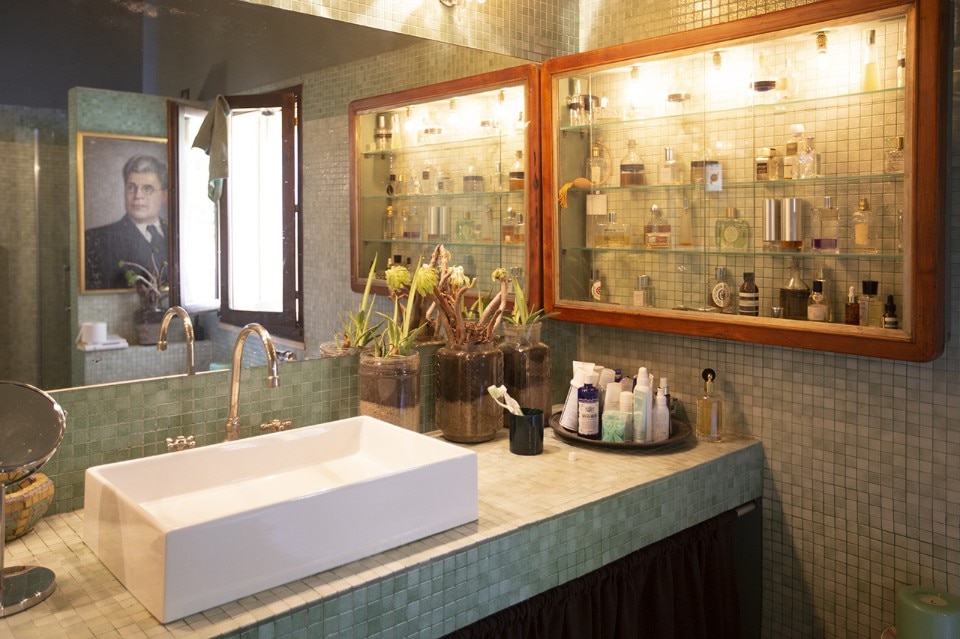
An old tennis ball butchered into two halves like a pomegranate now reigns over the table as if it were a work of art. Marras’s son Leo found it in the countryside. There are wooden toys from all over the world, glass flasks filled with cut roses, mirrors, old wooden armoires. It's a Mediterranean ode in the shape of a contemporary house.
“Out back, dear friends of ours have stables. You can hear the horses whinnying along with the incessant chirping of the cicadas. You can feel the union, the dichotomy between countryside and nature, the sea out front. You know, the Latin word insula means land ‘in the sea’.” Although his favourite window looks out over the Brooklyn Bridge, Sardinia has always played a determining role in Marras's life, even when he's in New York, Paris or Milan. “I am profoundly connected to my native land. It is alive, creative, closed yet open, extraordinary, multifarious, full of oxymorons and contrasts, rich and faceted, full of all the terms and all the contradictions, and attracted to whatever comes from the outside. We are the sea.”
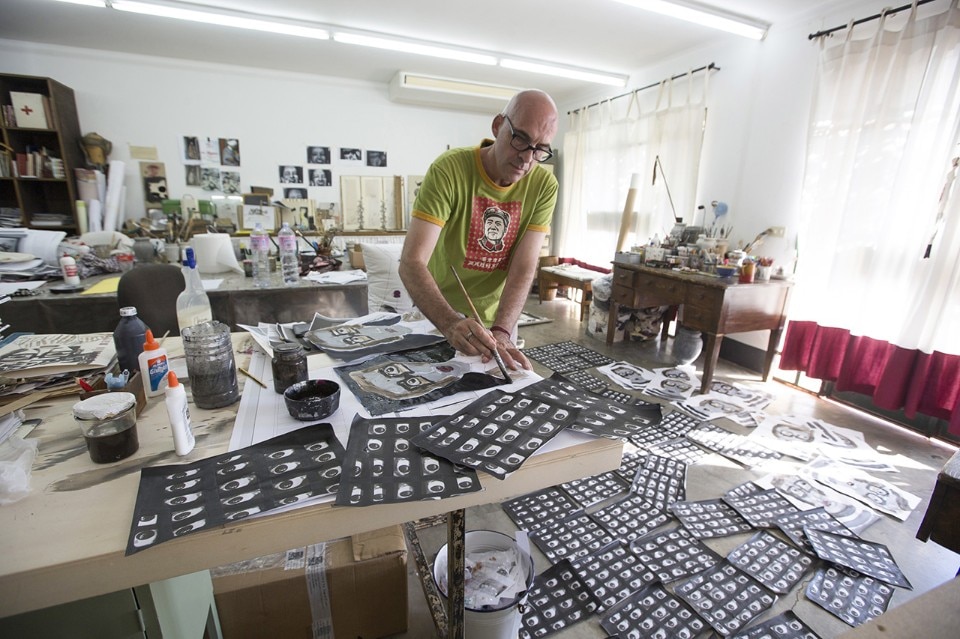
Marras was born in Alghero in 1961, and has been a migrant citizen of the world since he was 20. He is readier than ever to dock and receive. “We Sardinians have always been used to throwing ropes. We have had a particular relation with people arriving from afar. We are the sum of who preceded us: Phoenicians, Punics, Byzantines, Arabs, Catalans and French. All of them disembarked on our coasts and left traces.”
As Antonio Gramsci wrote in 1917, “I hate the indifferent. I believe that living means taking sides.” Marras used this quote for his 2003-2004 men's collection. “Everything is politics. How could it not be? Our world and our life inevitably influence our work. I say ‘our work’ because my craft, the rag trade, is just the same as many others. People who make fashion, weave chiffon, knit cashmere, decide the size of polka dots, cannot isolate themselves. You can’t go around thinking you live in a gilded cage.” The conversation comes to an end. "We need to look at the world with different eyes,” he whispers. “Only beauty can save the world.”
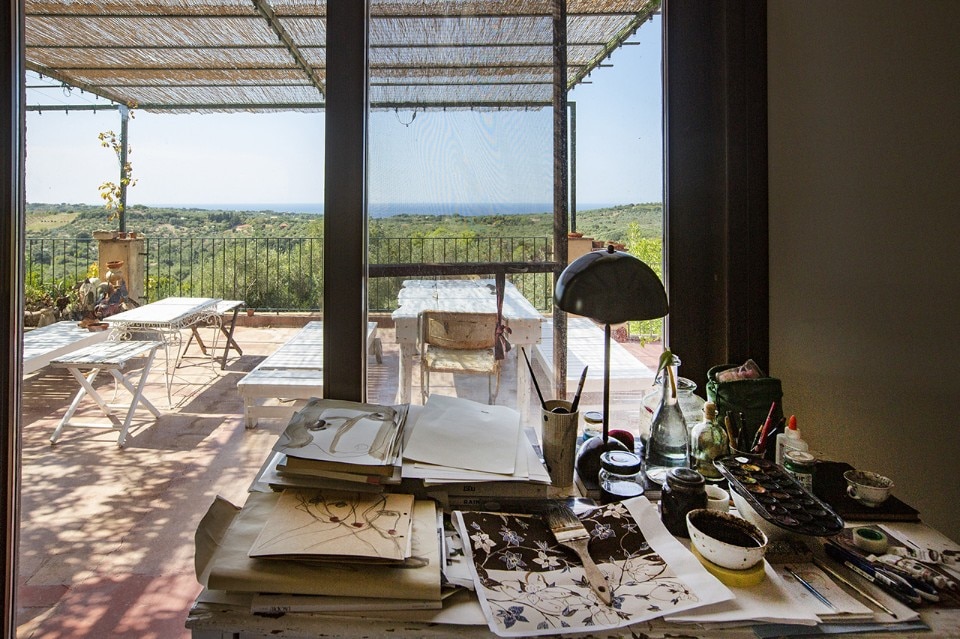
This article was originally published in Domus Paper, a special issue attached to Domus 1028, October 2018, and freely distributed in Milan during the Brera Design Days.


